Are you ready to embark on an unforgettable adventure through the remote villages of Northern Vietnam?
You've come to the right place! Here is a 1-week Northwest Vietnam motorbike itinerary that will take you off the beaten path. This itinerary will not require you to drive long distances daily, so you can have the chance to explore slowly and stop at all the beautiful sights you see on the road!
In this 7-day North Vietnam itinerary, you can find a comprehensive motorbike route with details on what you can expect on the road each day. We’ve also added where you can find the best views and where to stay for the night. Don’t miss out on our top tips for making the most of your motorbike trip.
Let’s begin your motorbike journey to the Northwest of Vietnam!


.jpg)
Map of Northwest Motorbike Route
Here is a map of our Northwest motorbike route in Vietnam. We’ve marked all the places we’ve stayed overnight and where you can find the best views on this itinerary!
.png)
7 Day Northwest Motorbike Itinerary
Here is a one week Northwest motorbike loop that will take you to remote villages in Vietnam. In this itinerary, you will start and end in Hanoi and spend one night at each destination.
You can always modify it and stay longer at each place to fully explore the surrounding area if you don’t want to be on the road every day.
.webp)
Day 1: Hanoi to Yen Bai
Driving Distance: 160km
Route: Hanoi - Viet Tri - Đoan Hùng - Vu Linh
Leave as early as you can from Hanoi to avoid the rush hour between 7am to 9am. We left around 8am and while the main roads of Hanoi were busy, the traffic wasn’t too bad.
The first leg of the trip is getting out of the city, as there’s not much to see. You can stop and walk around a small market along the way, where friendly women sell vegetables and small livestock.
.webp)
After crossing the Van Lang bridge, stop in Viet Tri for some lunch. You’ll find plenty of local restaurants along the way. We had a simple but delicious lunch here.
The next stop today is the Victory Monument at the Lo River. An impressive statue that was built to commemorate an important battle that was won against the French colonialists. The statue stands on a small hill, and it only takes a short climb to reach the top. The history of the place, combined with the views you get at the top, make for an interesting stopover.
.webp)
Not long after visiting the monument, you’ll reach Vu Linh, a small commune located next to Thac Ba Lake. The roads up to Vu Linh are quite bad, and a lot of construction was underway when we visited. The views of the rice fields and surrounding mountains are worth the trip, though!
Arriving in the serene environment of Vu Linh truly makes you forget about the hustle and bustle of Hanoi and the road you’ve left behind today.
.webp)
Once you arrive in Vu Linh, make sure to book a boat tour on Thac Ba Lake. The lake is one of the biggest man made lakes in Vietnam and contains more than 1300(!) islands that vary in size.
There are various homestays to pick from in Vu Linh. Find all Vu Linh accommodations here!
We stayed at Giang Tien Homestay and couldn’t recommend it more. The host is very friendly and speaks English. The homestay was located close to the lake and in the middle of the rice fields. We enjoyed the remoteness of the homestay and the host was very friendly. Book your Yen Bai homestay here!
.webp)
Day 2: Yen Bai to Tu Le
Driving Distance: 175km
Route: Vu Linh - Yen Bai City - Nghia Lo - Tu Le
Today is the longest day of the trip, distance wise, so you should start as early as possible. The road to Tu Le doesn’t have any specific highlights, but is beautiful nonetheless.
The first two hours are spent getting out of Vu Linh and around Thac Ba Lake. The roads are still quite bad, especially when it's raining. Along the way, you’ll see some rice fields, but overall, the road is not that interesting. It’s best to just keep driving until you arrive in Yen Bai City.
Once you arrive in Yen Bai City, stop for a coffee at Dinh Gia Trang Coffee. This is a beautiful coffee shop located on the outskirts of Yen Bai City. It is also a homestay and a great alternative if you don’t fancy making the detour to Vu Linh.
.webp)
Next, take the QL37 towards Nghia Lo. Here you’ll get your first taste of the many winding mountain roads to come on this trip. The road takes you past mountain sides covered in the tea-fields and small villages where kids ride their bikes to school. Take your time to enjoy the views and stop at a local shop for a drink and a snack.
.webp)
In Nghia Lo, you’ll find plenty of local restaurants to stop for lunch. Tu Le is not far anymore, so depending on what time you arrive in Nghia Lo, you can take your time.
Nghia Lo is located in a valley, which makes it a perfect location for growing rice. When we were here in May, the rice fields were golden yellow and ready for harvest.
.webp)
After lunch you’ll begin the final stretch of the day. Only 50km more before you arrive in Tu Le. The QL32 is a beautiful mountain road that takes you through valleys covered in rice fields.
.webp)
Along the road you’ll find local women selling grilled vegetables such as corn and sweet potatoes, make sure to stop and try some!
.webp)
Soon you are met by the valley of Tu Le. Here you’ll find beautiful rice terraces carved into the mountain sides. Spend your afternoon exploring the valley and end your night with a swim in one of the many natural hot springs in the area.
There’s not that many options to stay in Tu Le as it’s not yet developed for tourism. During our visit, we stayed at a locals' house, which we stumbled upon by chance on our first Northwest Vietnam trip. Otherwise, you can book Le Champ Tu Le which is a high-end resort in Tu Le. Book your Tu Le accommodation here!
.webp)
Day 3: Tu Le to Ngoc Chien
Driving Distance: 66km
Route: Tu Le - Mu Cang Chai - Ngoc Chien
Spend your morning discovering Tu Le and its surroundings. Go for a walk through the valley and its ever changing rice fields and have sticky rice for breakfast.
.webp)
The motorbike route from Tu Le to Ngoc Chien is relatively short, so a detour to Mu Cang Chai is a great option today. If you leave Tu Le after lunch, you’ll arrive in Mu Cang Chai in the afternoon, resulting in pleasant weather and beautiful light.
.webp)
The rice terraces of Mu Cang Chai are one of the most famous in the world. The best time to witness the rice paddies is from August to September, when the fields turn golden yellow. But late May and June are also great times to visit this area, as the rice fields are flooded, turning the landscape into a massive mirror.
.webp)
Take your time to discover the area and visit various viewpoints. One of our favorite spots is La Pan Tan. Here you can find some great homestays if you decide to stay in Mu Cang Chai for the night. Find all accommodations in Mu Cang Chai!
.webp)
After visiting Mu Cang Chai, take the same road back and make your way down to Ngoc Chien. A remote village located in the province of Son La. Ngoc Chien is relatively undiscovered and a great place to spend the night.
.webp)
There aren’t many homestays to choose from in Ngoc Chien. But Ngoc Chien Pearl Homestay is a true hidden gem! It has an amazing location in the middle of the valley. We enjoyed staying in the small bungalows, which are spacious and clean. The hosts were very friendly and accommodating, even if they didn’t speak English.
To book Ngoc Chien Homestay, contact +84987647044.
.webp)
Day 4: Ngoc Chien to Ta Xua
Driving Distance: 160km
Route: Ngoc Chien - It Ong - Ta Xua
Today you’ll cover quite a lot of kilometers, but the roads are mostly in good condition, and the drive shouldn’t take too long. The destination today is Ta Xua, also known as paradise in the clouds!
Leave the homestay after breakfast and slowly make your way out of Ngoc Chien. The valley is covered with rice fields, and there will be plenty of opportunities to stop and take photos. It was planting season during our visit, and many local women were busy planting rice seedlings.
.webp)
.webp)
After leaving Ngoc Chien, the road is pretty straightforward until you reach the Da River. You’ll pass over a massive dam that is certainly worth a stop. Not long after crossing the dam, you’ll drive through some breathtaking valleys covered in rice fields to arrive at the Da River.
Stop for a coffee at the Nam Pam Bridge for some amazing views. If the water level is low, the river banks are filled with rice paddies instead, which makes for a beautiful sight.
.webp)
After crossing the Da River, don’t drive towards Son La City. Take the DT110 instead. This route is shorter and more remote, making for an authentic experience. The roads are bumpy and in poor condition, but it’s doable on a motorbike.
You’ll be driving on this road around lunchtime, so keep your eyes open for any restaurants, as there are few and far between.
.webp)
Also, make sure to pick up some strawberries along the way, you’ll find people selling them on the side of the road. We managed to get two boxes for 10000vnd or 0.40 USD! We thought we misunderstood the lady selling them, but she reassured us that that was the price.
After crossing the Da River again, you’ll soon arrive at Ta Xua Nature Reserve. With an elevation of over 2.800m above sea level, it’s no surprise that the road leading up to Ta Xua is breathtaking. Steep, but breathtaking.
.webp)
Soon, however, you’ll find out why it is called “Paradise in the Clouds." The higher you get, the denser the fog gets. Especially during the winter, these mountains are constantly covered in clouds.
.webp)
There are two main areas to stay in Ta Xua, with the first area being the main town. Here you’ll find plenty of homestays to choose from.
Alternatively, you can opt to stay near the dinosaur spine ridge, one of the most popular tourist attractions in Ta Xua. If you plan to hike to the viewpoint in the early morning, it’s a good idea to stay in this area.
During our trip, we stayed at 1941M Homestay, a cozy homestay located close to the dragon spine in Ta Xua. It’s not the usual authentic homestay you will find in the north but more of a guesthouse. However, we liked the modern amenities at the homestay and the owner was very friendly. They also served a good cup of coffee and we enjoyed the delicious grilled pork for dinner. Find all accommodations in Ta Xua here!
.webp)
Day 5: Ta Xua to Moc Chau
Driving Distance: 110km
Route: Ta Xua - Bac Yen - Moc Chau
The road from Ta Xua to Moc Chau is relatively short, giving you time to explore Ta Xua in the morning. We opted to hike the dinosaur spine ridge in the early morning.
We woke up at 5am, only to find out that the whole area was covered in a thick blanket of clouds. The visibility was basically zero to none. We still enjoyed the hike and the pleasant temperature of Ta Xua, but unfortunately we didn’t get to see the famous rolling clouds.
.webp)
If you want to do a hike in Ta Xua, it’s probably best to head out before breakfast to catch the sunrise and have breakfast at your homestay after you come back. This way, you can get on the bike with a full stomach and plenty of energy for the day.
We left Ta Xua in heavy rain and thick clouds. As this is kind of the norm in this area, make sure you pack a proper rain suit and shoe covers.
.webp)
The road out of Ta Xua is steep, and you will descend a lot in a short period of time. Once you’ve descended down the mountain, you can stop at the market in Bac Yen to buy some snacks or just wander around.
.webp)
After Bac Yen, take the QL43 towards the Van Yen ferry terminal. Here you’ll cross the Da River once again, only this time by boat!
Once you arrive at the port, someone will come up to you and probably tell you to wait for the ferry to arrive. This won’t take long, as the crossing only takes 10 minutes. The price for the ferry is a bit unclear, and people give mixed reviews on Google. In our experience, the man didn’t ask for money at all and just let us drive off. We paid him anyway, and he seemed very grateful.
.webp)
Once you leave the ferry, the drive to Moc Chau is straightforward and only takes you about an hour and a half. Along the way, you’ll find small villages and mountains covered in tea fields.
.webp)
You can have lunch along this road, or you can opt to drive straight to Moc Chau for more options. We chose the latter and had a delicious bowl of Pho with beef.
.webp)
In Moc Chau, you can book one of the many accommodations in the center. However, if you have time, you can choose to drive to Moc Chau Peachy Garden. This homestay is located in a remote area surrounded by mountains and peach orchards. We stayed here and truly enjoyed the remoteness. Find all accommodations in Moc Chau here!
.webp)
Day 6: Moc Chau to Mai Chau
Driving Distance: 60km
Route: Moc Chau - Go Lao Waterfall - Mai Chau
Start your day driving through the teafields of Moc Chau and have a coffee at this coffee shop at the top of a hill. From here, you have a great view of the teafields.
.webp)
Next, drive to Mai Chau via one of the most beautiful roads in the area. This route is a two-hour detour, but totally worth it.
Instead of taking the QL6 towards Mai Chau, take the small back road parallel to it. The road is called 6CU. Google Maps doesn’t like to recommend this road and keeps sending you back to the QL6. So keep a close eye on your navigation and make sure you follow the 6CU. Trust us, it’s worth it!
.webp)
Along the route, you’ll meet many surprised locals because very few tourists take this road. You will drive past herds of buffalo and some of the most amazing mountain passes.
.webp)
There are no gas stations or restaurants along the way, so make sure to have a full tank and bring some snacks.
.webp)
At the end of the route, you can freshen up at the Go Lao waterfall. Nearby, you’ll also find some restaurants where you can have lunch.
From here, it’s only a few more kilometers until you reach Mai Chau. Spend your afternoon discovering the village and enjoying dinner at your homestay!
We stayed at Nha San So 2 - Mai Chau, which is a comfortable homestay located in Lac Village. Make sure to order the roasted chicken, which is one of the best we’ve had in the north. Also, browse the homestay's collection of exotic wines and be prepared to be surprised!
To book Mai Chau Homestay, contact +84986416286. Find all accommodations in Mai Chau here!
.webp)
Day 7: Mai Chau to Hanoi
Driving Distance: 140km
Route: Mai Chau - Thung Khe Pass - Hanoi
Today marks the last day of your 7 day Northwest motorbike route. The serene countryside makes room for the hustle and bustle of the city.
There are numerous ways to get from Moc Chau to Hanoi. One of the highlights is the Thung Khe Pass. The steep cliffs, rocks on the slopes, and numerous curves make this mountain road both beautiful and dangerous.
.webp)
You can stop at the Mai Chau viewpoint and have a great view over the Mai Chau valley. For more information on the various routes, visit rentabike.vn and find 10 amazing detours you can take from Mai Chau to Hanoi.
We didn’t personally take this route on this trip as we continued our journey to Pu Luong, a lesser known eco-tourism destination in Vietnam.
Looking to explore more of Hanoi? Read our 2-day itinerary to see what you shouldn't miss in the capital city! Find all accommodations in Hanoi here.
.webp)
Where to Rent a Motorbike
Doing the Northwest Motorbike Loop on your own? Rent your motorbike in Hanoi at Rentabike.vn, one of the most highly rated Vietnam motorbike rentals.
We rented a Honda XR, which is a great option for tackling rough roads and mountain passes! They also helped us with our route, and we would highly recommend them to rent your bikes.
Apart from bike rentals, Rentabike.vn also offers Vietnam motorbike tours you can book. You can find more information on their website.
.webp)
Easy Rider to Book
The best and safest way to explore Vietnam on a motorbike is through easy riders. The term "easy rider" refers to a motorcycle tour in which you will be the passenger and your driver will serve as your guide. This is a great option if you don’t have a motorbike license but still want to explore the mountains in the North on a motorbike.
For personally tailored motorbike tours, book with our local friend, An Nam. He’s been our go-to local guide in the North and has years of experience, so you and your group can be sure to have an adventure to remember!
To book your Vietnam motorbike tour, contact +84979658293!
.webp)
Best Time to Do the Northwest Vietnam Loop
As long as you’re fully prepared for the weather conditions, you can do the Northwest motorbike loop in Vietnam anytime during the year.
But for the best weather conditions, we recommend doing your motorbike tour from September to November. During these months, you can expect clear skies and comfortable temperatures. Travel before the harvest season to see the terraced rice fields in golden yellow.
.webp)
Winter
We did a motorbike loop near the end of January during the TET holiday, and it was an adventure to say the least. We had cold temperatures as low as 5°C, as well as foggy and rainy weather.
While the weather was not ideal, the exciting atmosphere that surrounded the New Year's celebration made up for it. We came across many gatherings of the local ethnic minorities all over the mountainside, and they were dressed in their most colorful traditional clothing.
We don’t recommend traveling on your own during the holiday as most accommodations and restaurants are closed.
.webp)
Spring
During our most recent motorbike trip, we headed to the northwest of Vietnam in May and had ideal weather conditions. We experienced some rain during the trip, but mostly sunshine and cool temperatures.
Whatever month you decide to do your motorbike trip, make sure to check the weather forecast and plan ahead. Read our best time to visit Vietnam to plan your trip further!
.webp)
What to Prepare
- Rain Gear. Bring a waterproof jacket and pants that will keep you dry and comfortable during unexpected showers.
- Bag Cover. Buy a bag cover or waterproof dry bag to protect your belongings from getting wet in case of heavy rain or water splashes.
- Small Bills. Carry small bills to conveniently pay for small purchases along the way.
- Pack light. This will reduce the weight on your motorbike. You can always do your laundry at your homestay.
- First Aid Kit. Have basic medical supplies like bandages, antiseptics, and pain relievers.
.webp)
Top Northwest Motorbike Tips
1. Start Early: This will allow you to make the most of daylight hours, enjoy cooler temperatures, and have plenty of time for stopping along the way.
2. Don't drive in the dark: The roads can be challenging with twists, turns, and potential hazards, making visibility and navigation more difficult if you drive in the dark.
3. Have a valid driver's license: Ensure that you have a valid motorbike license that is accepted in Vietnam to comply with local regulations and avoid any legal issues during your trip.
.webp)
4. Buy travel insurance: Make sure you have an insurance policy that covers motorbike riding and medical emergencies. Purchase your travel insurance with Heymondo today and get 5% off for being one of our readers!
5. Plan your itinerary ahead of time: Preparing and mapping out your North Vietnam travel itinerary in advance allows you to stop at attractions, potential rest stops, and fuel stops along the way to ensure a smoother travel experience.
Looking for more tips? Read our 17 things you need to know before traveling to Vietnam!
.webp)
Vietnam Motorbike Routes
If you’re looking for more motorbike routes in Vietnam, read our 4-day Ha Giang Itinerary that will take you to one of the most popular motorbike loops in Vietnam.
You can also check out our Cao Bang Motorbike Loop that will take you to some of the most remote areas in the Cao Bang Region, including the infamous Ban Gioc waterfall!
And that’s the most comprehensive motorbike route to the northwest of Vietnam!
Don't miss the chance to embark on your own motorbike trip through Northwest Vietnam. Plan your trip today with our itinerary and encounter breathtaking landscapes, interact with local communities, and experience the true essence of the northern region.
Let us know if you have any questions in the comments below.
Some links in this Northwest Vietnam Itinerary may be affiliate links.
This means that if you make a purchase after clicking on one of our links, we will receive a small commission at no extra cost to you. Please know that by doing so, you are supporting Colorful Journeys in continuing to provide free high quality content to help you in your travels!
.webp)

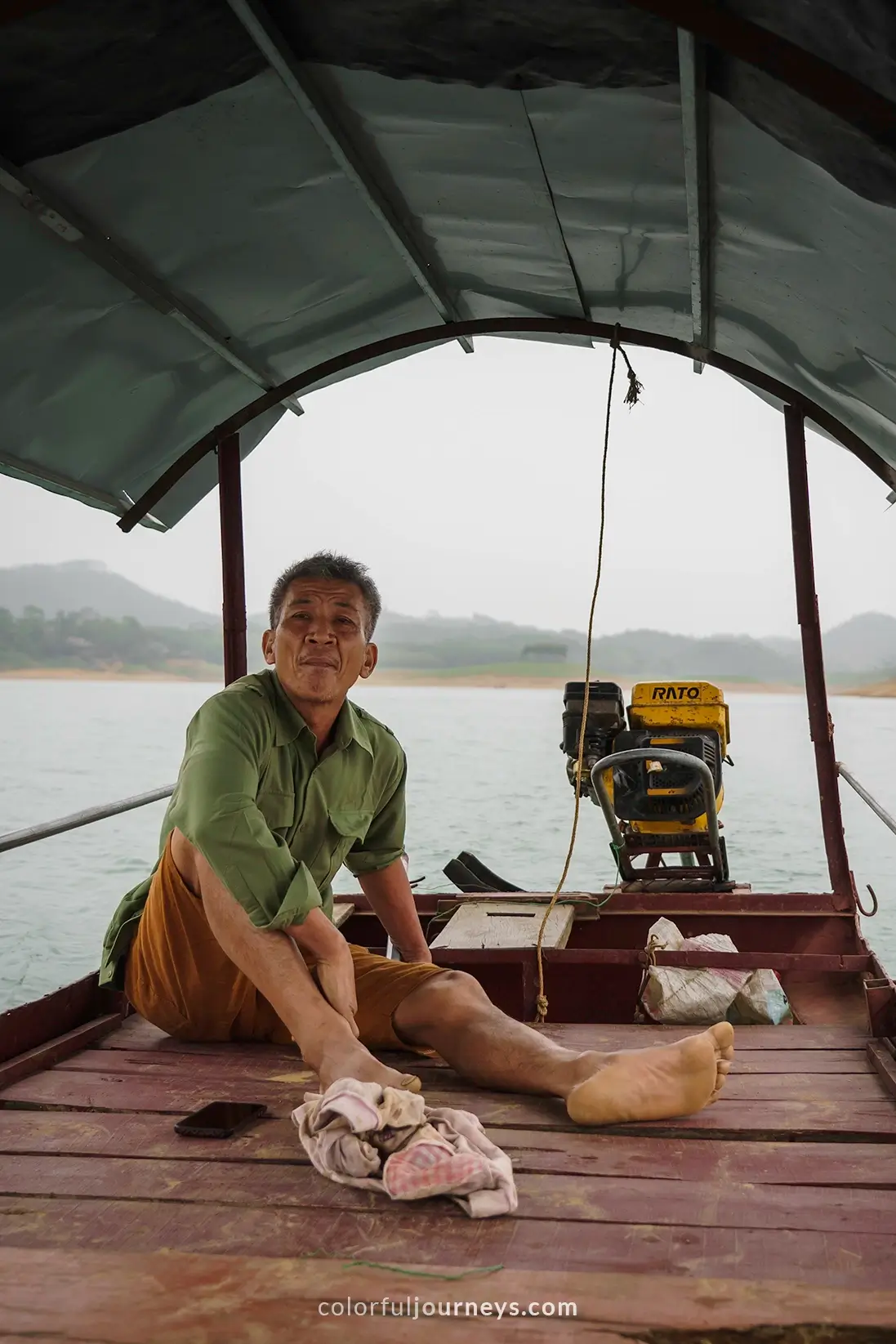
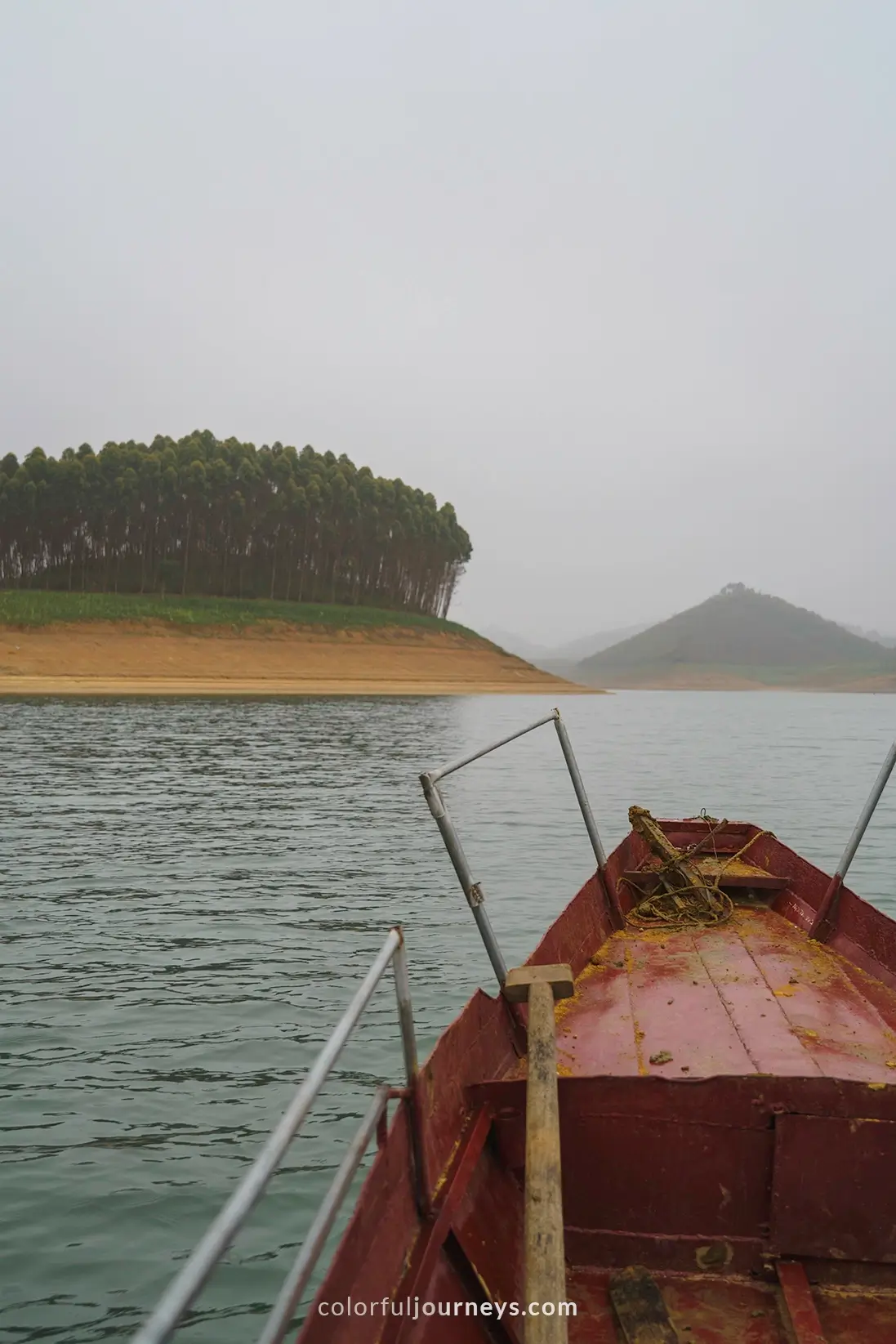
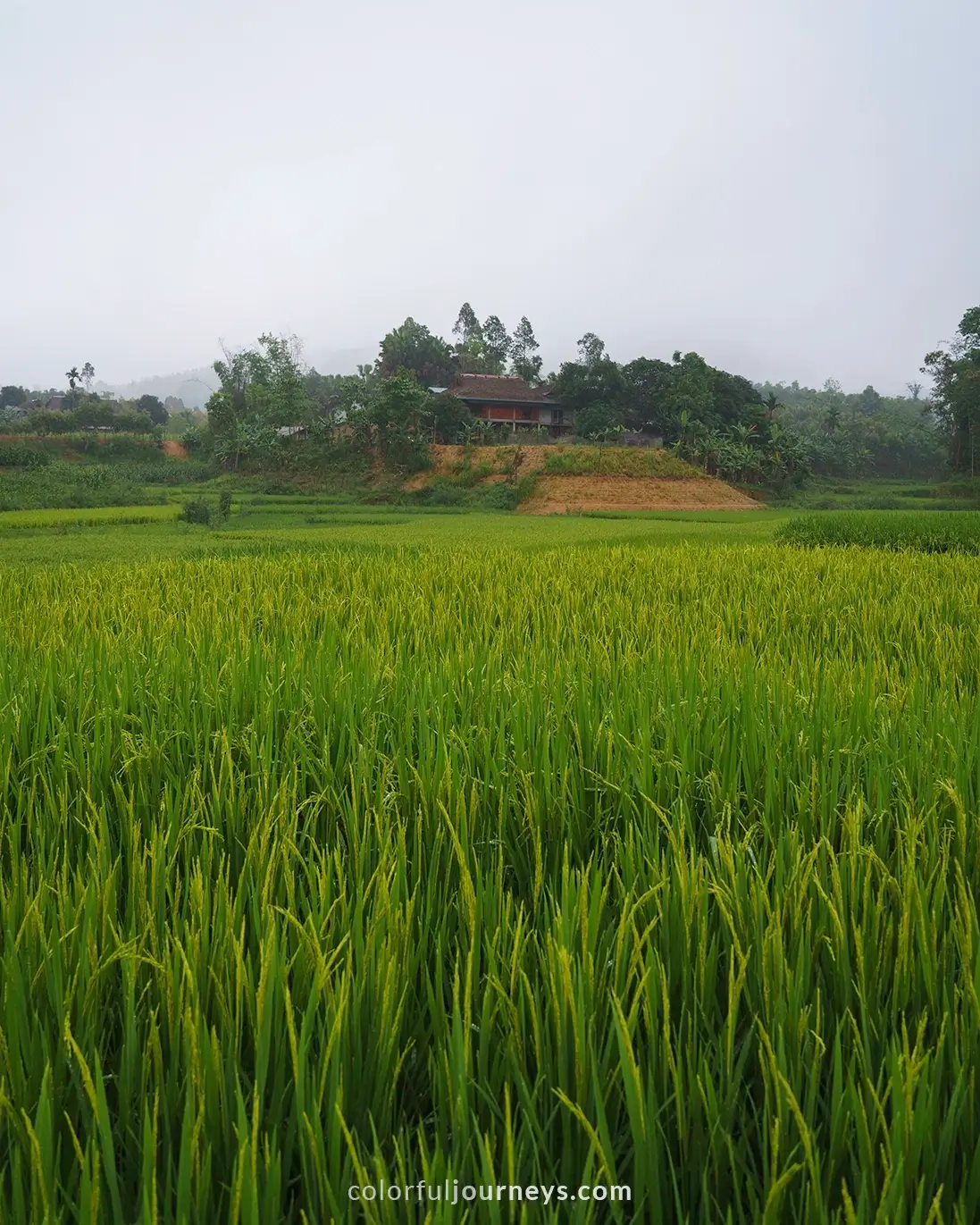
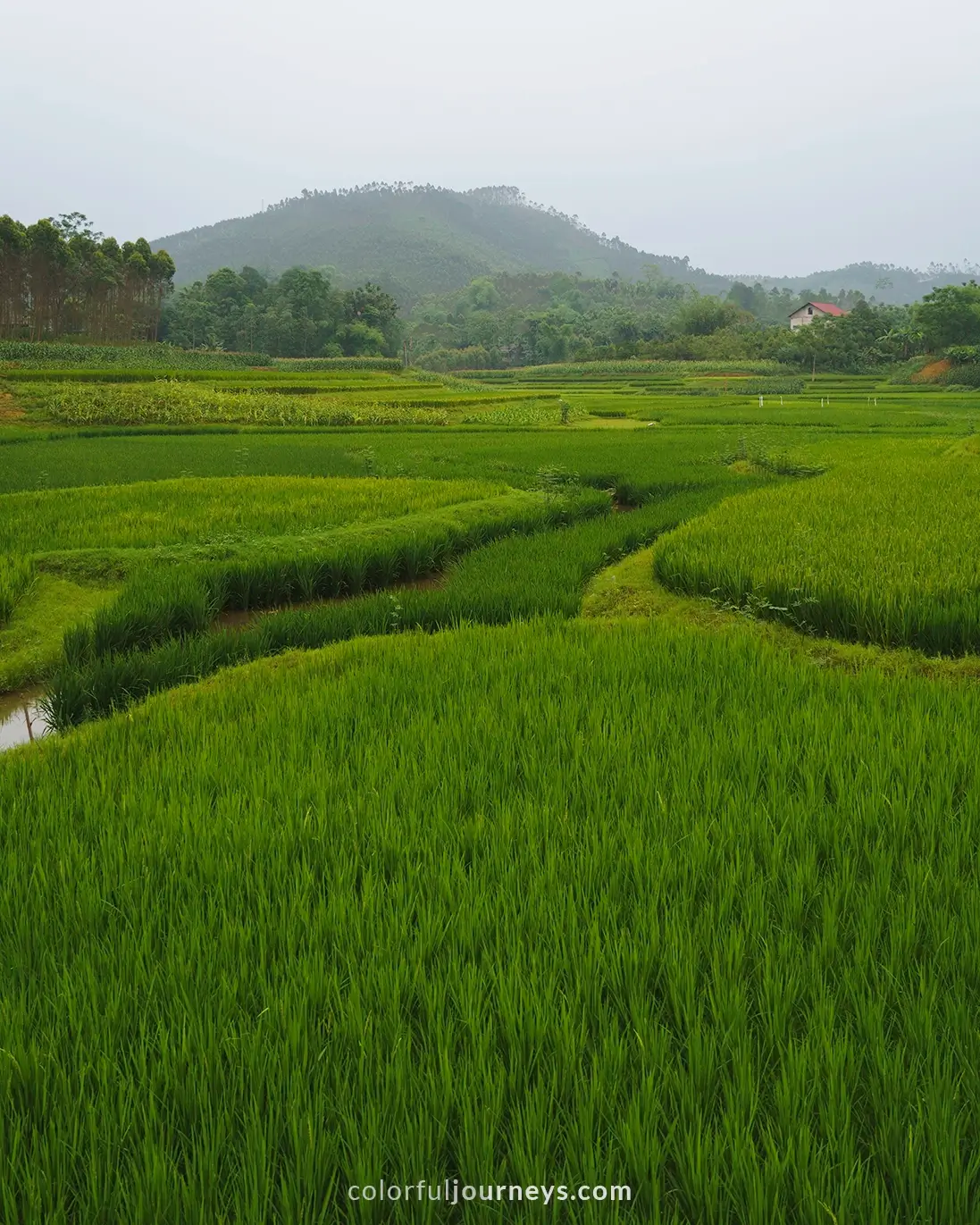
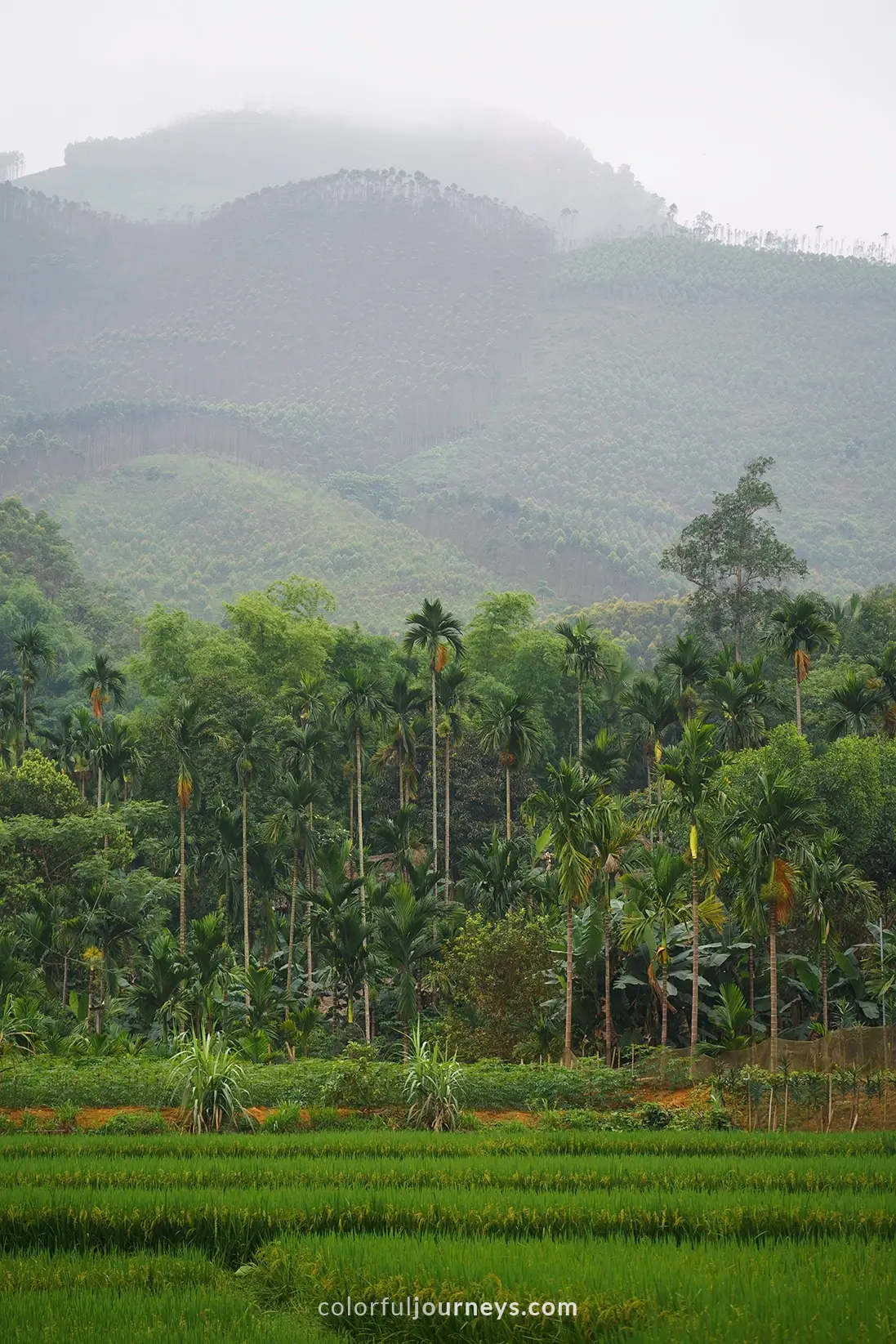
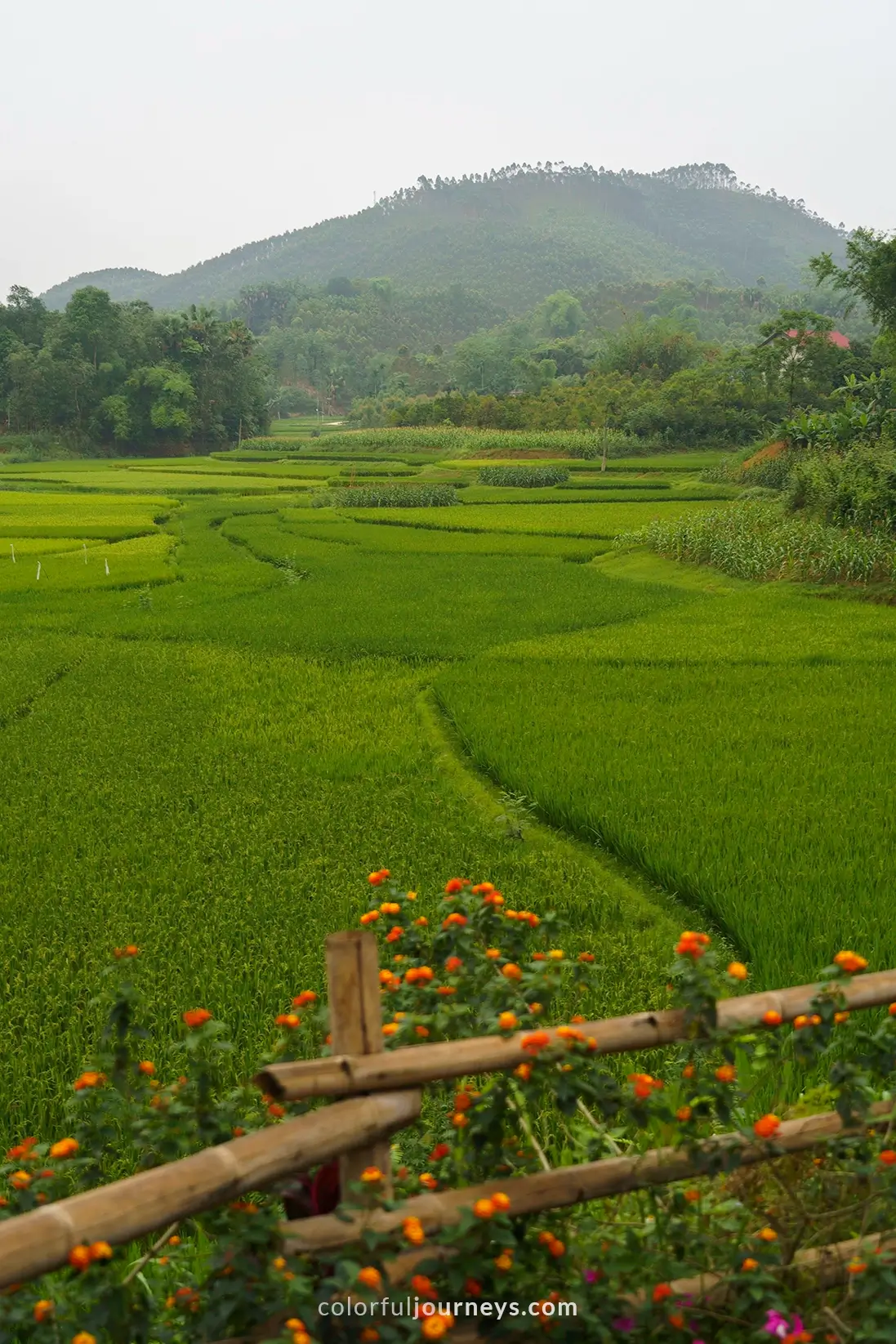
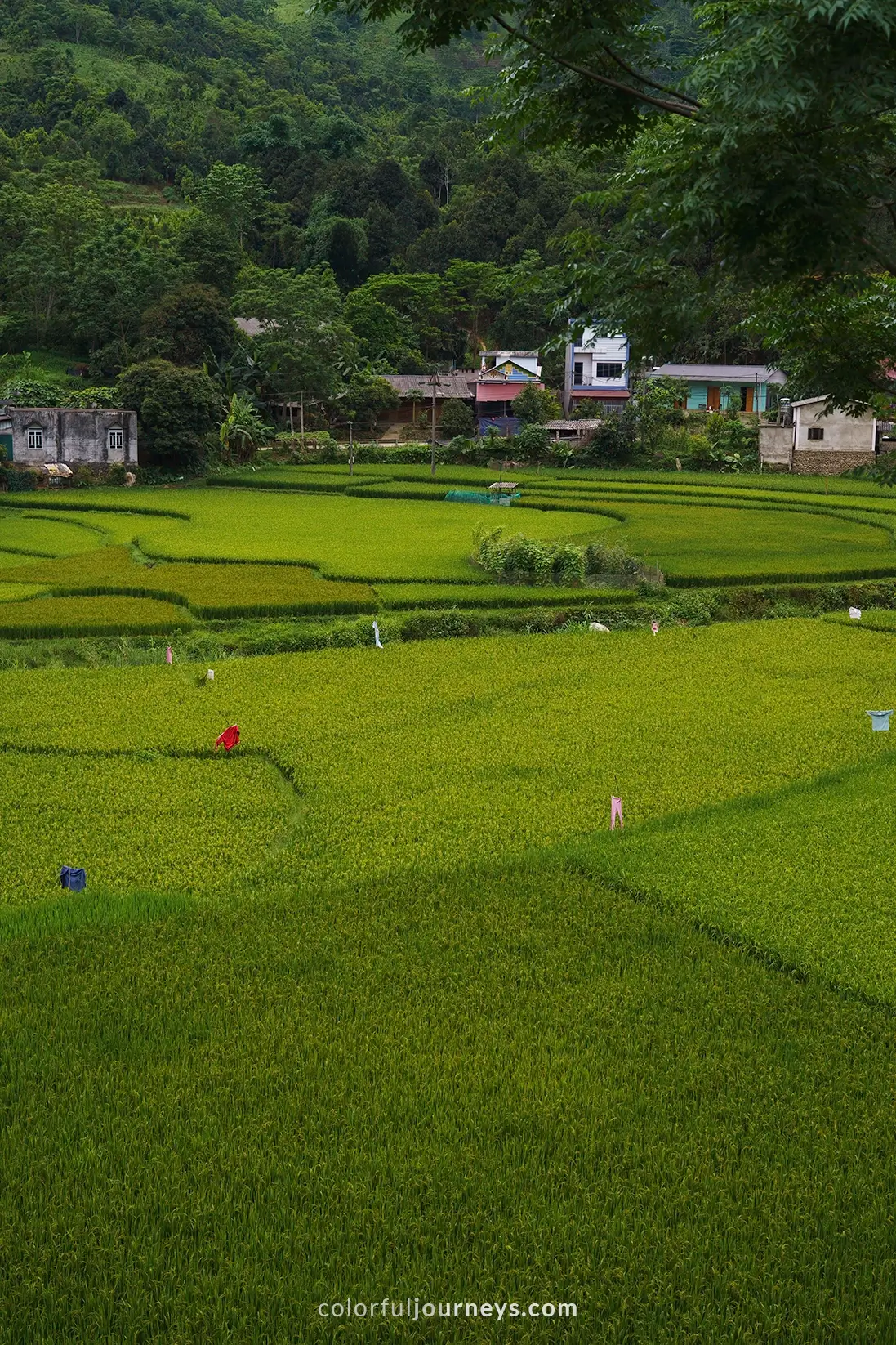
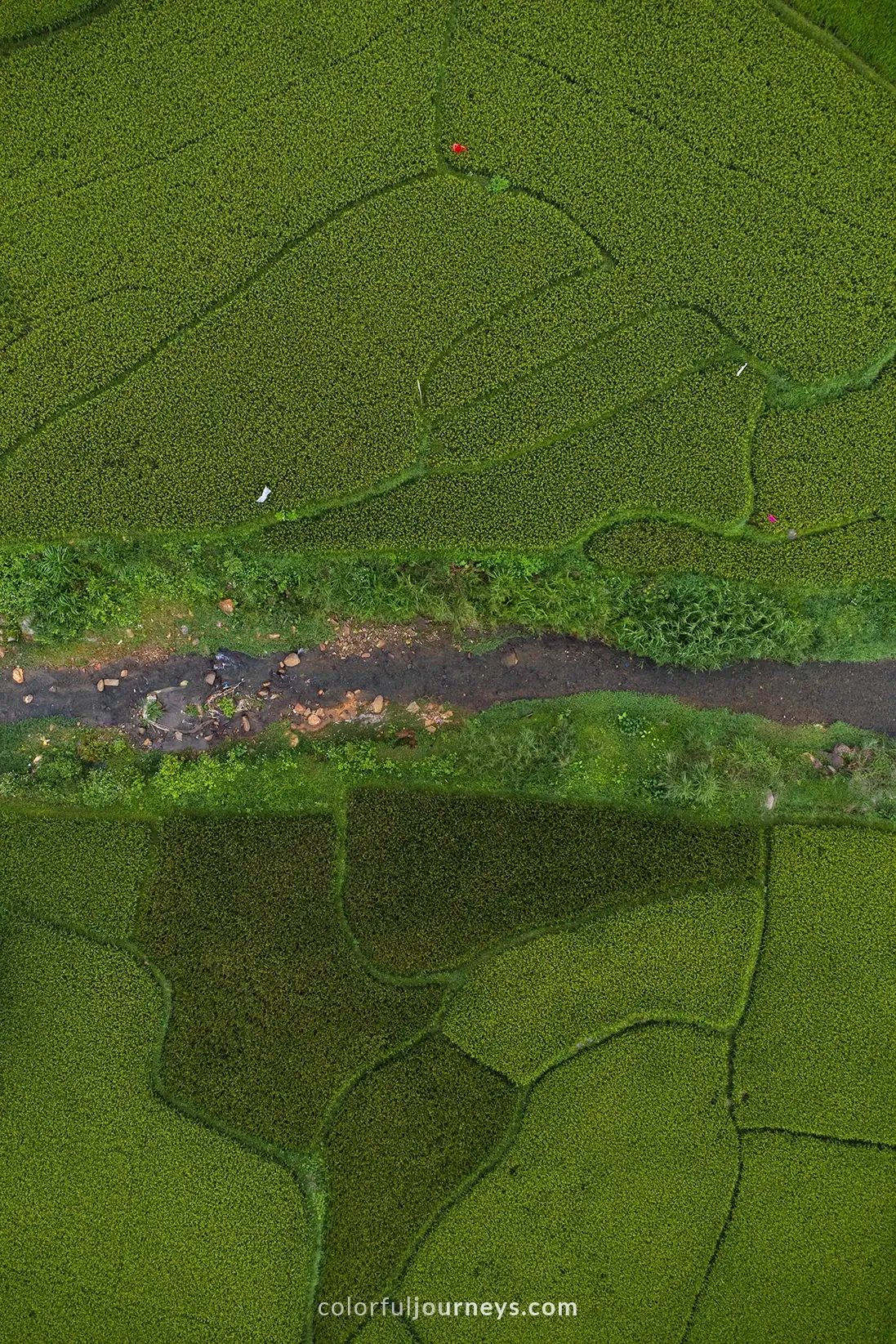
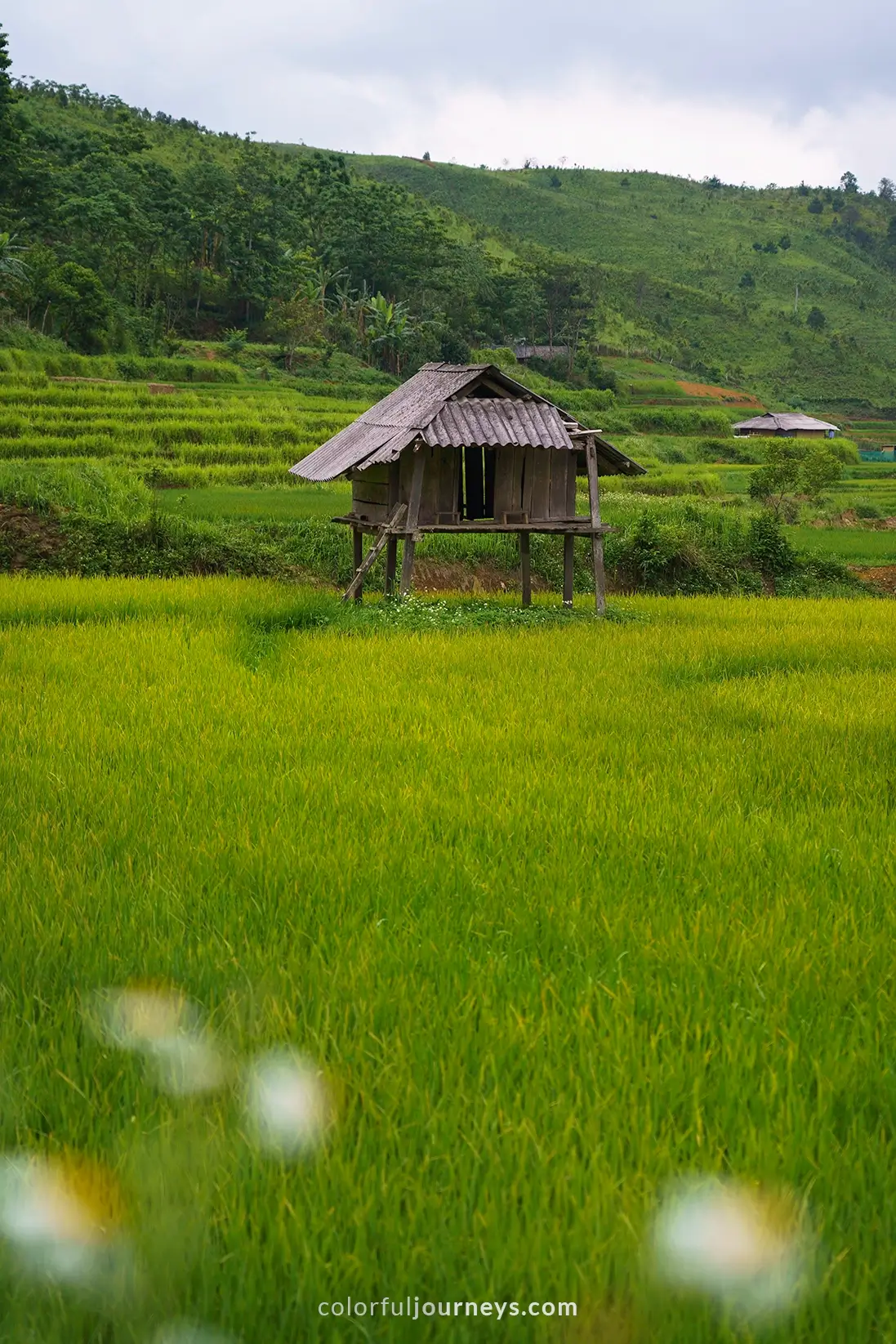
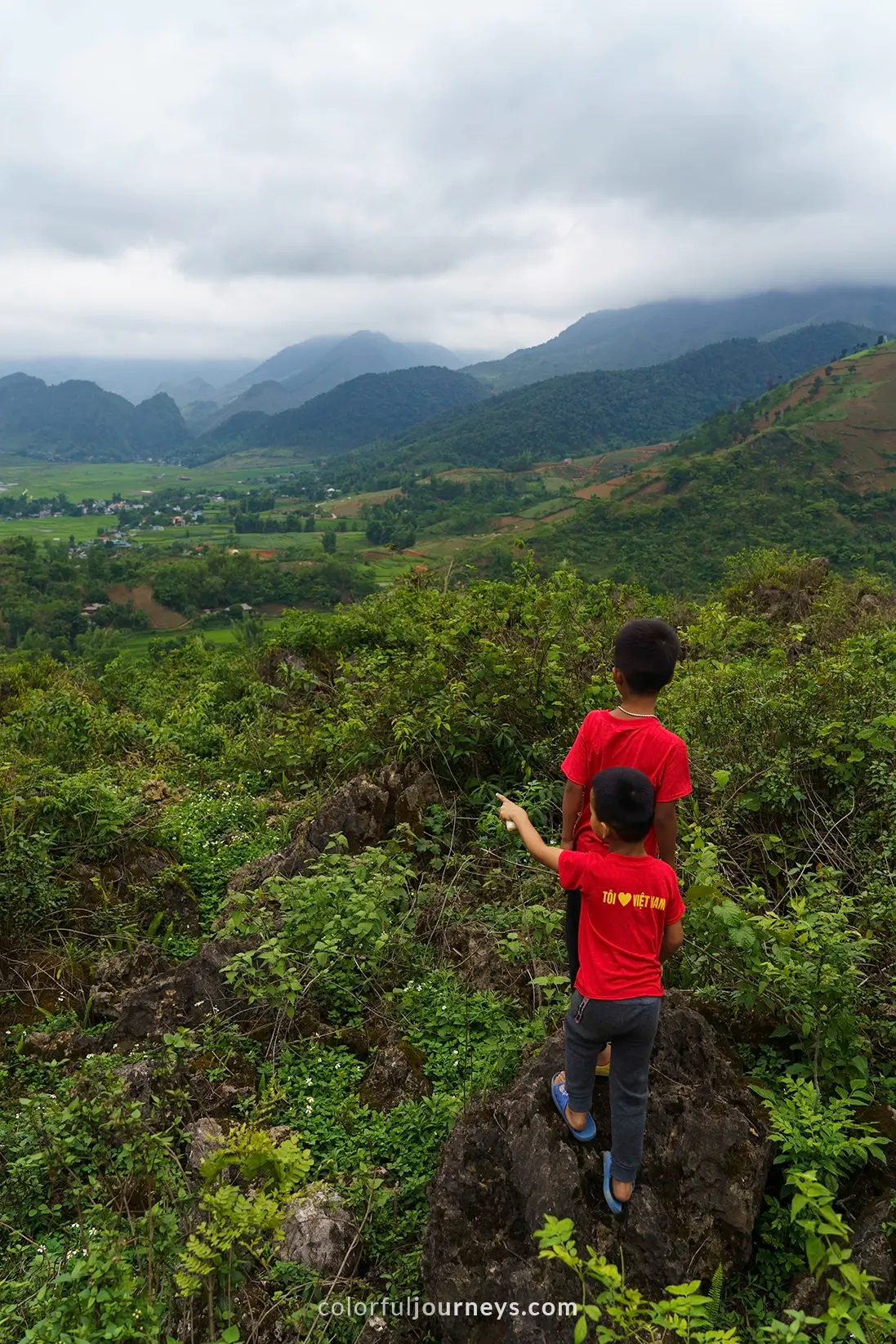
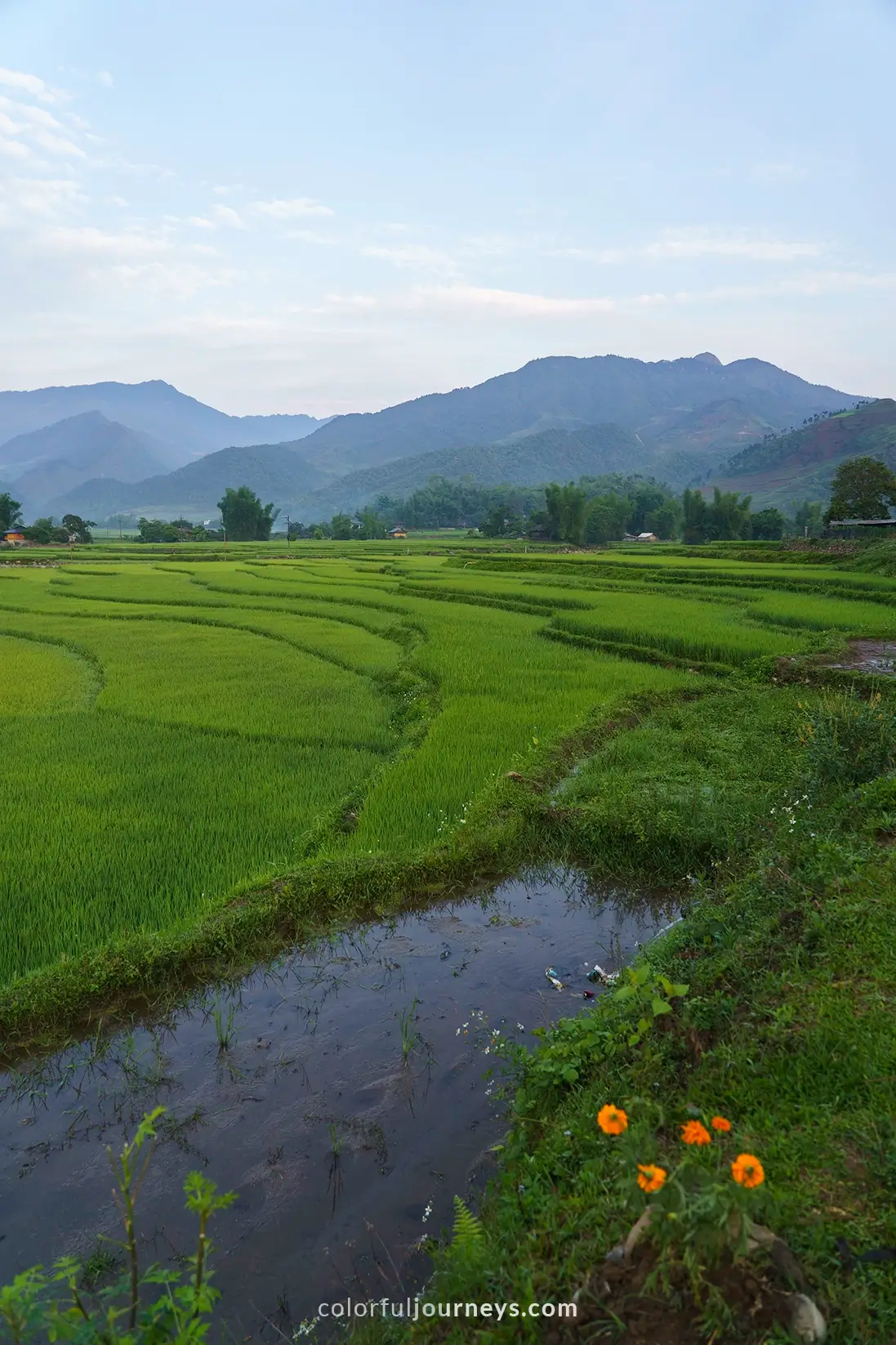
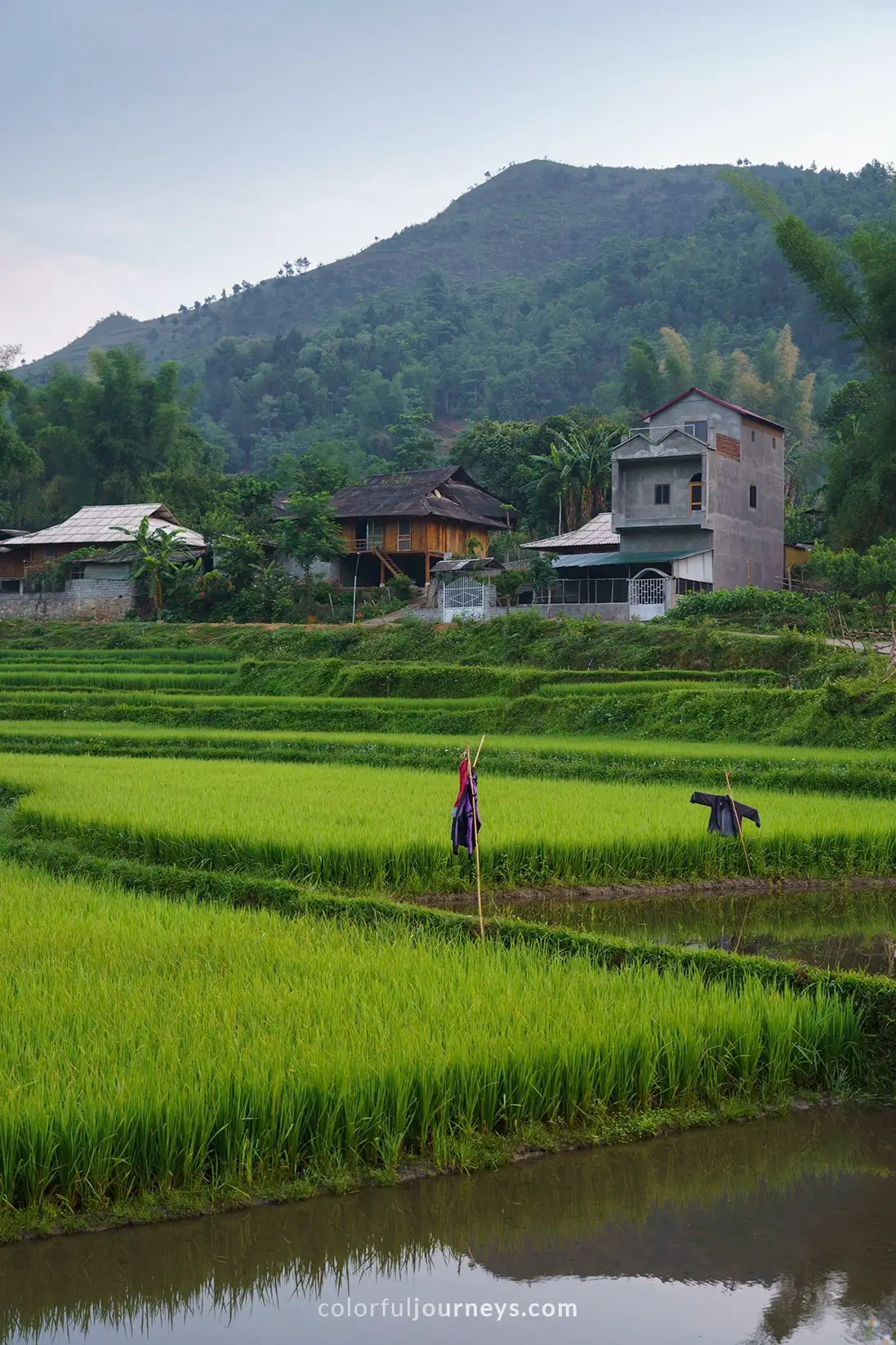
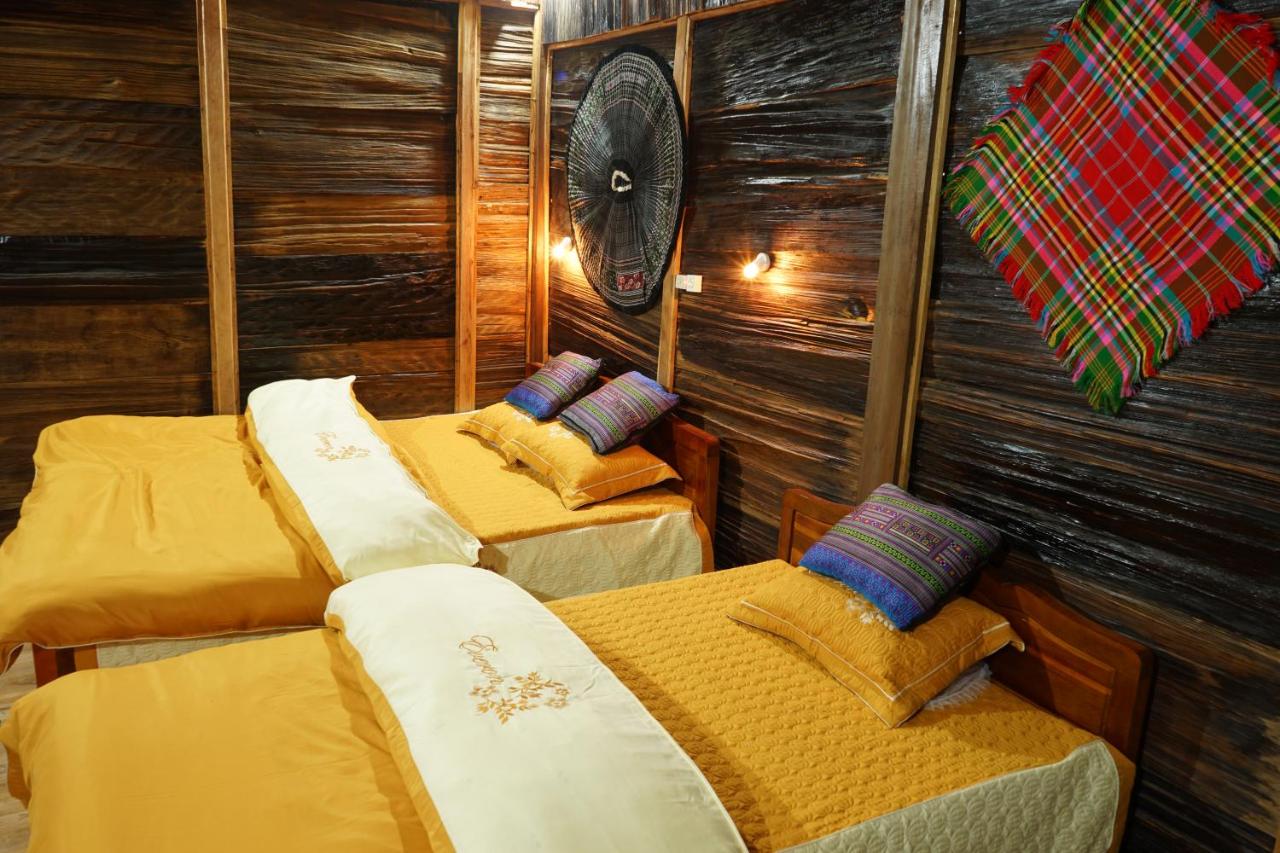
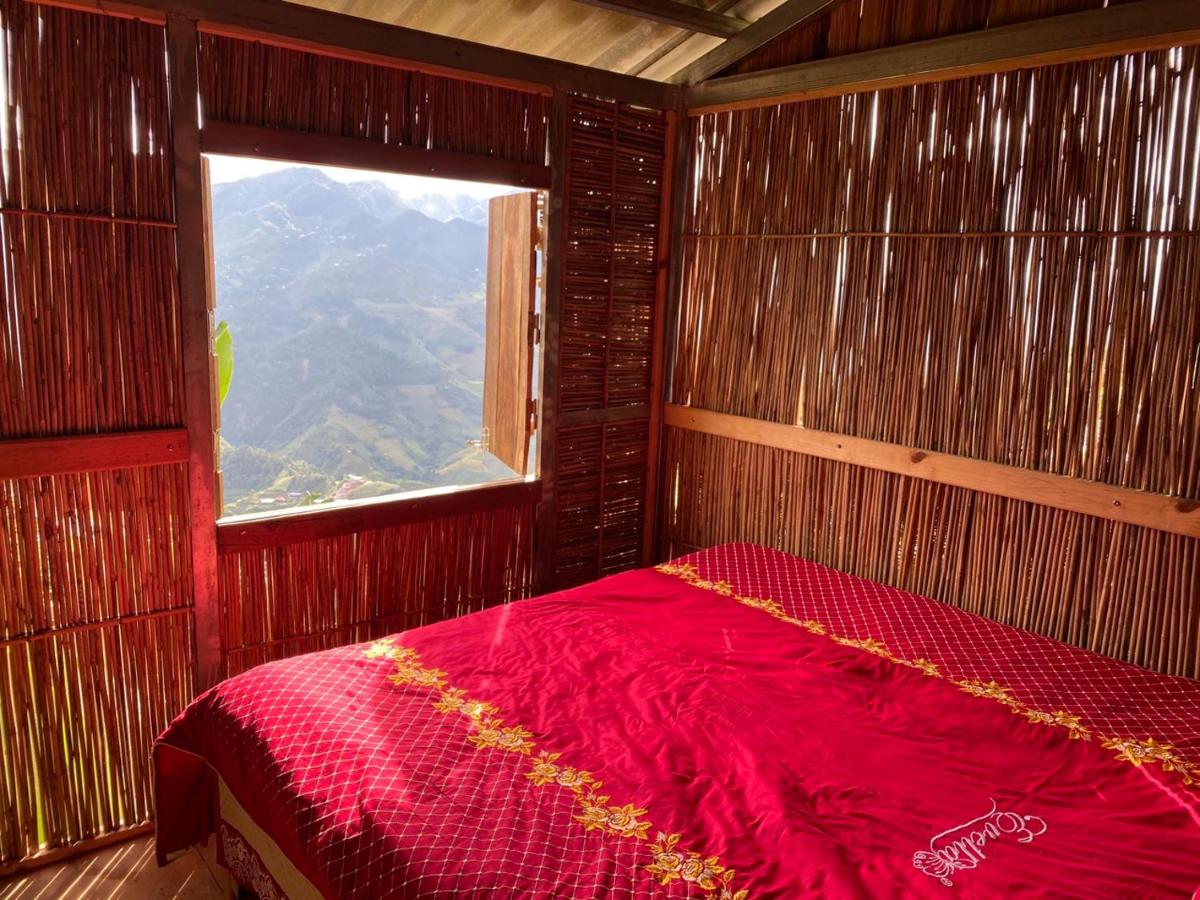
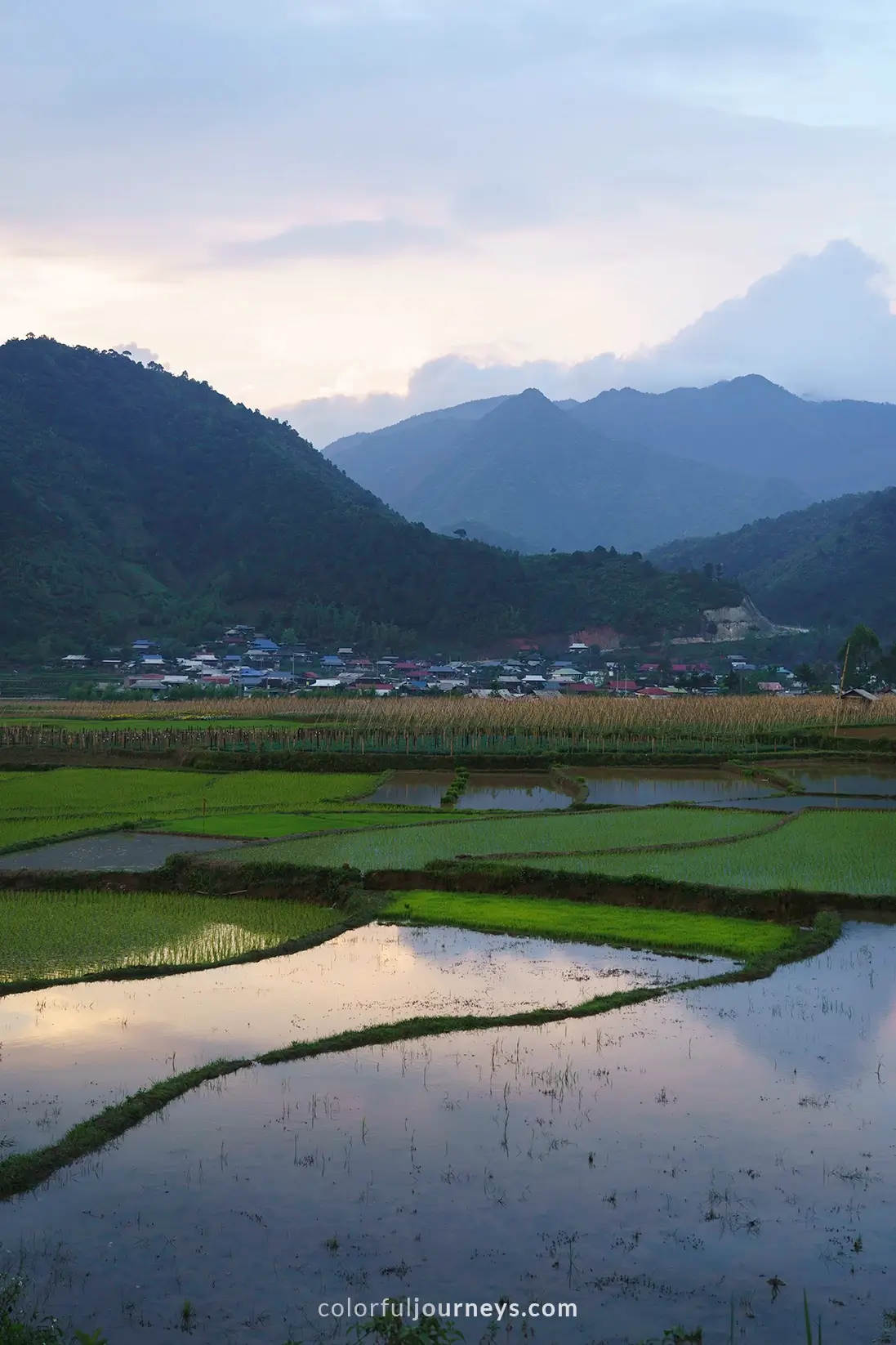
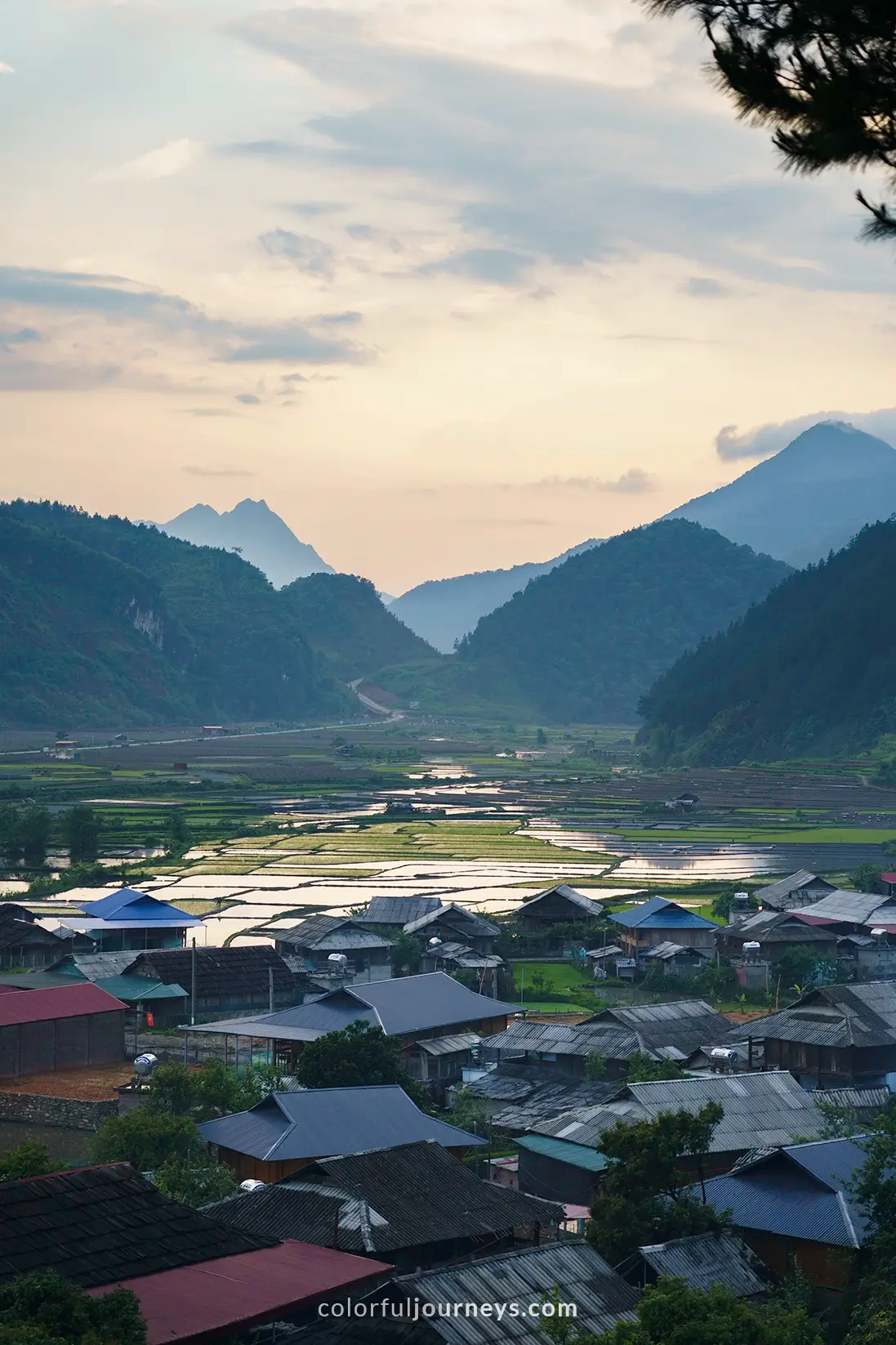

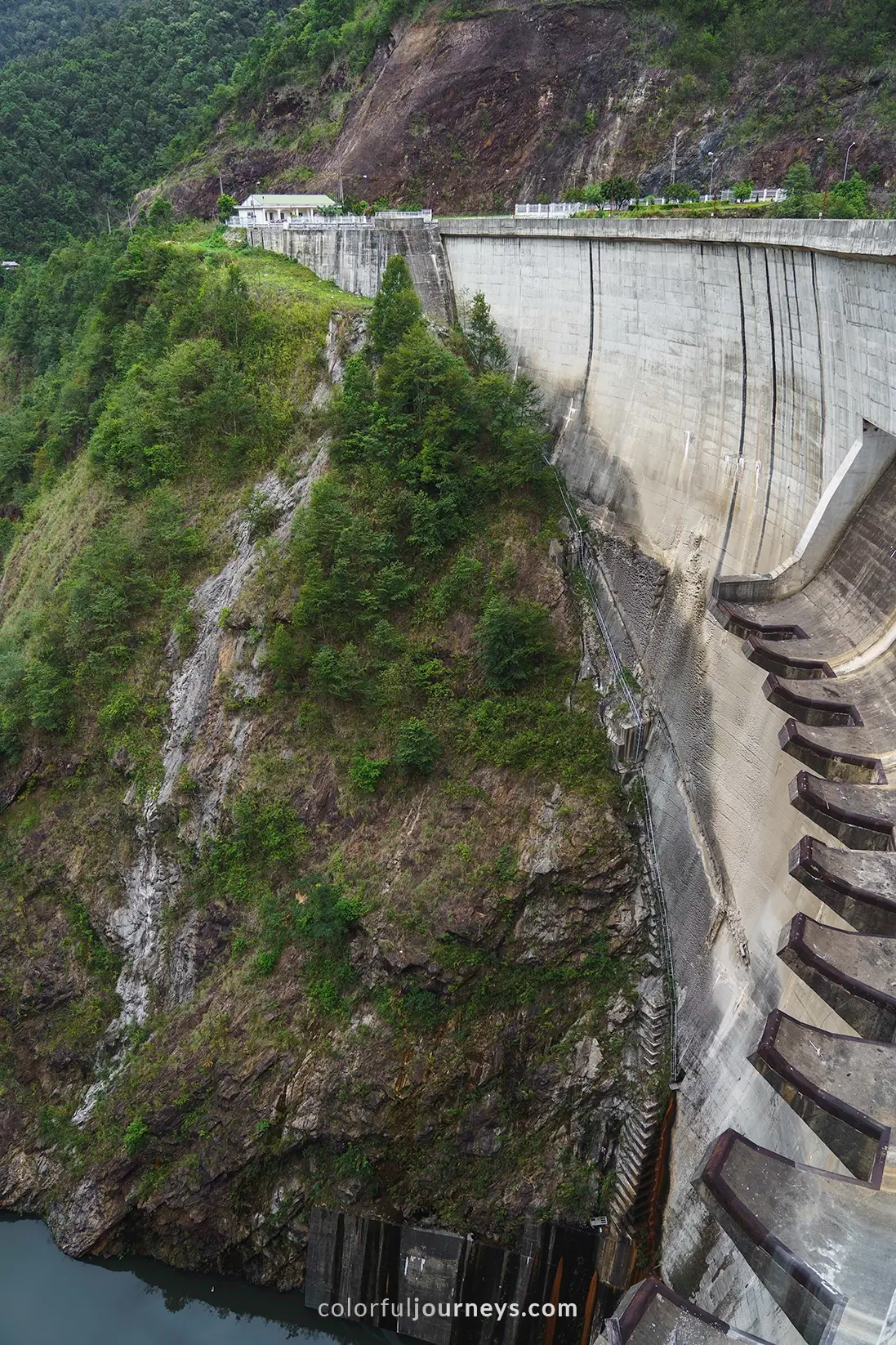

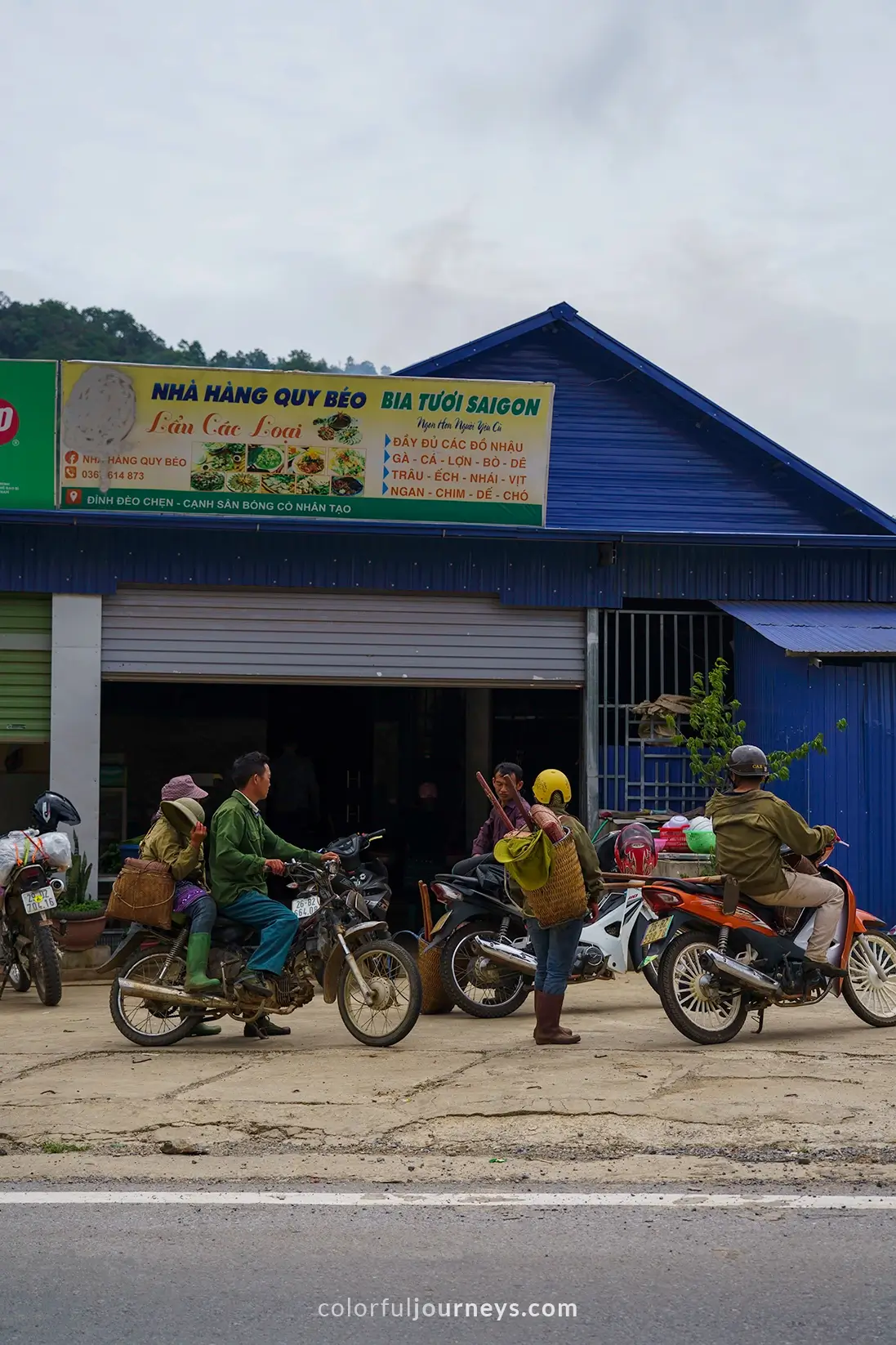

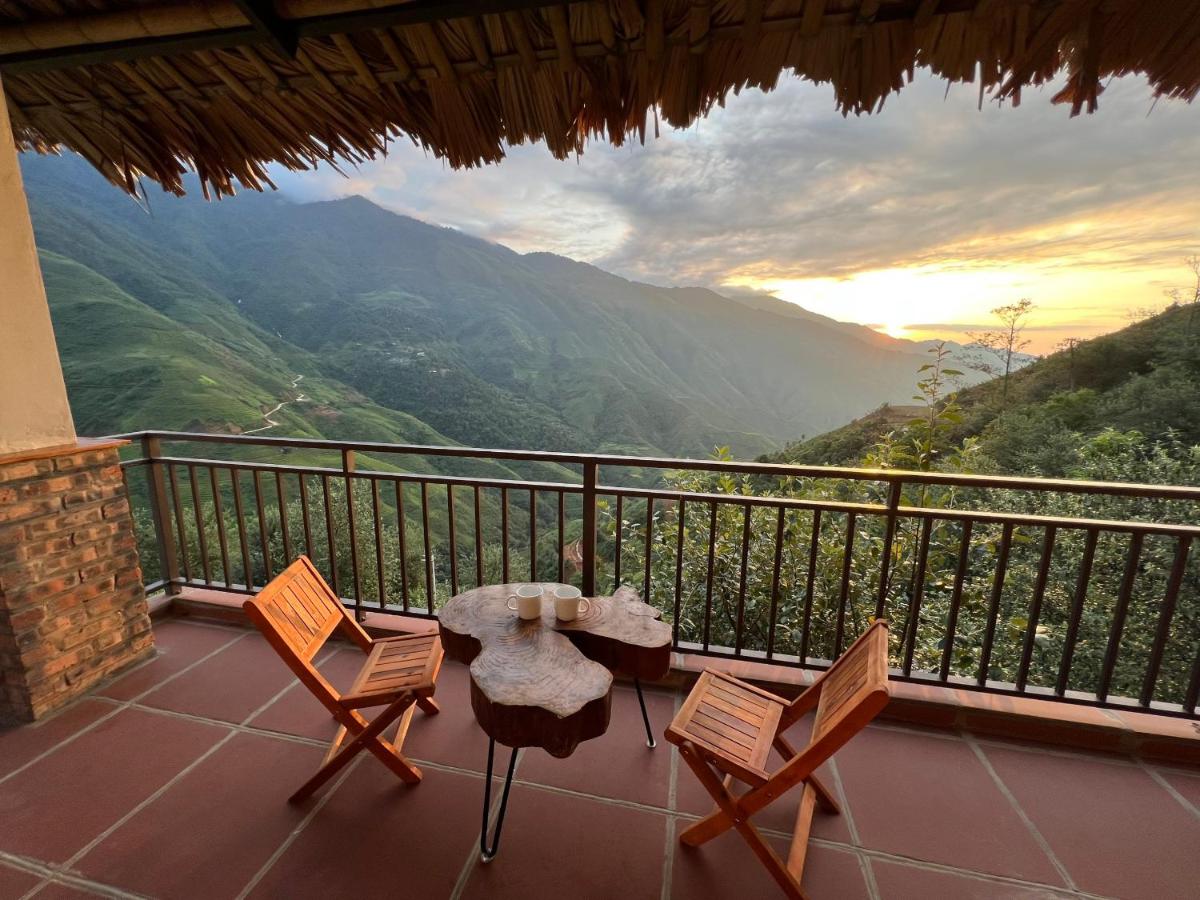


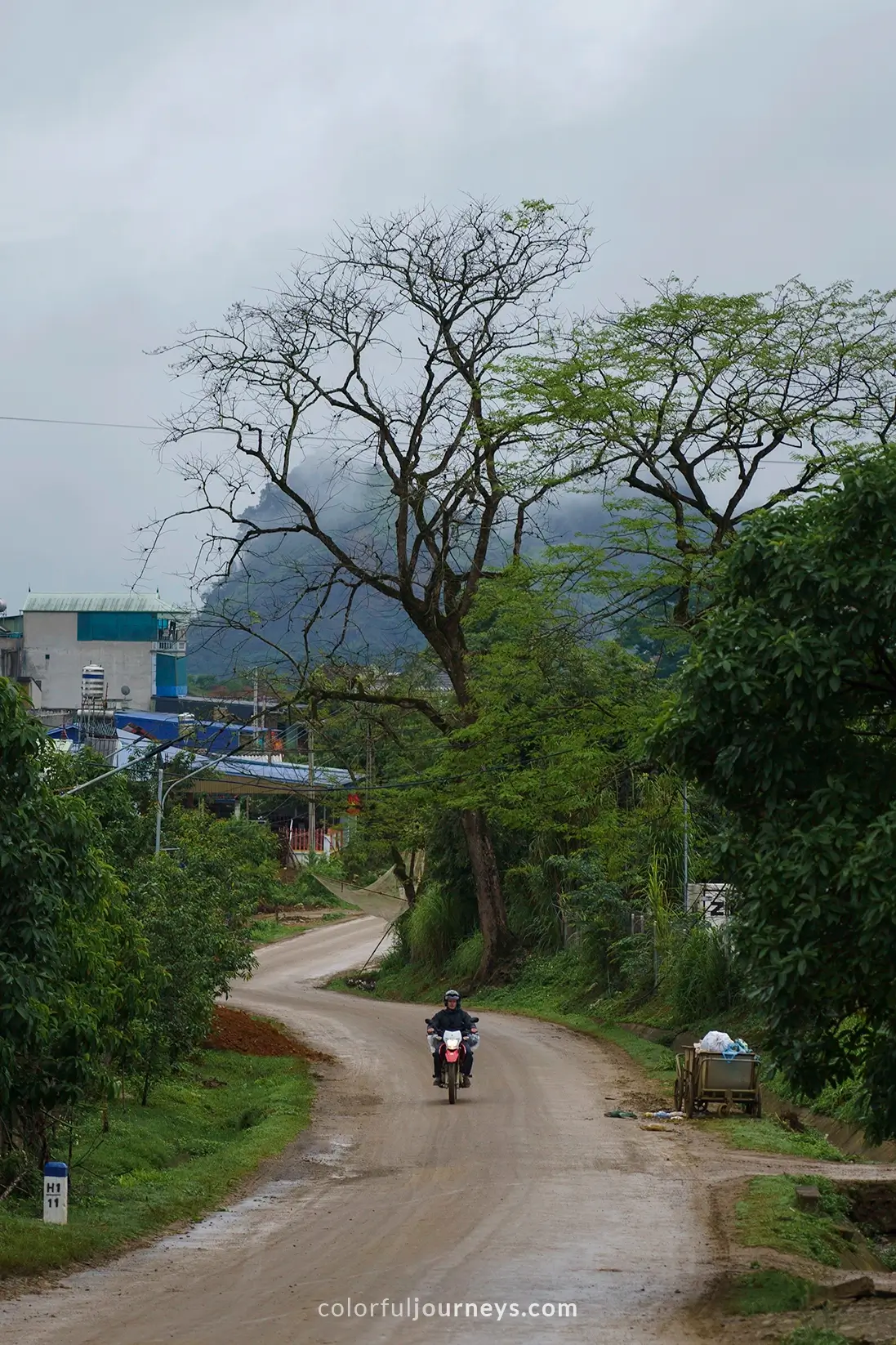
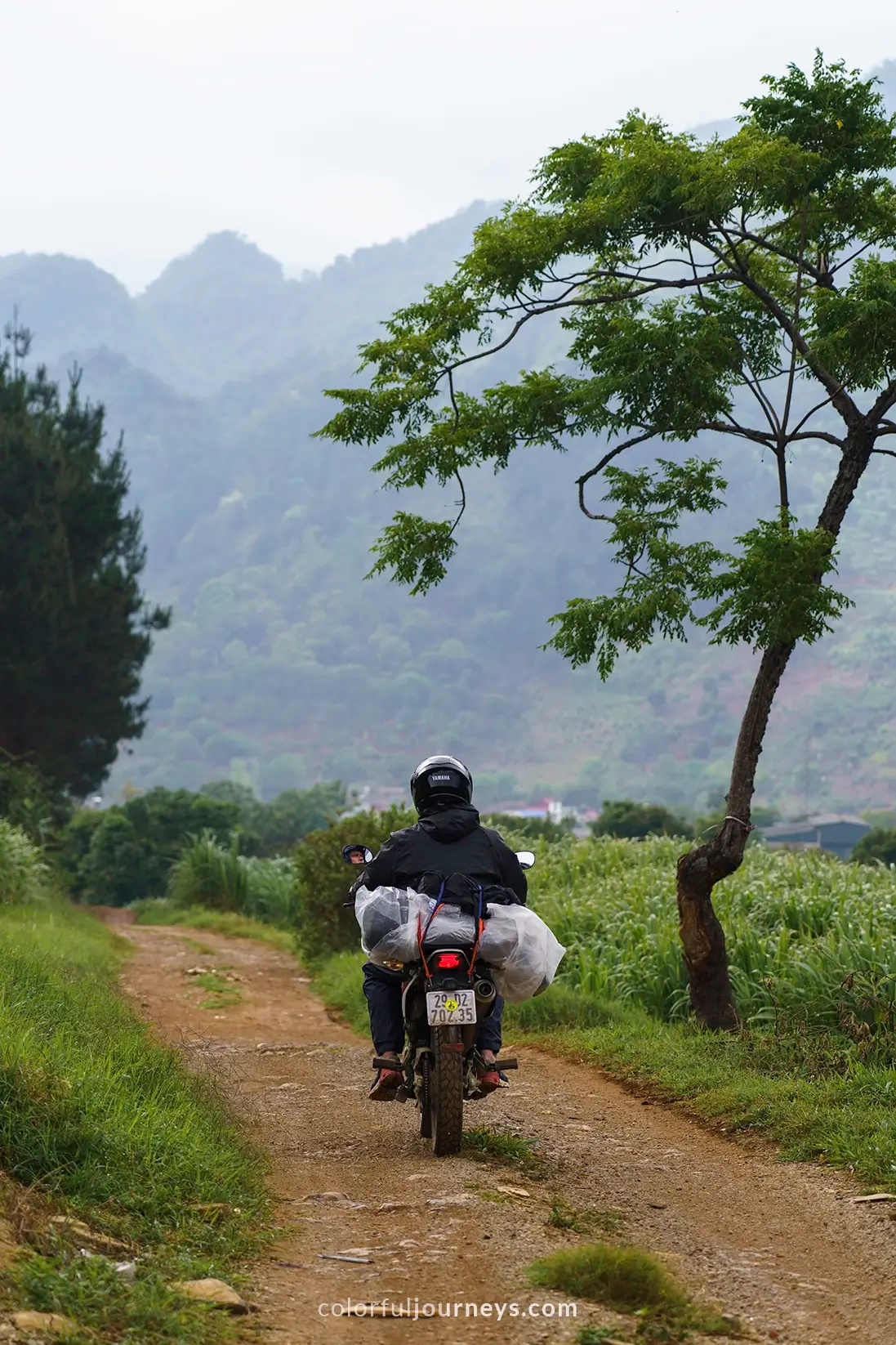
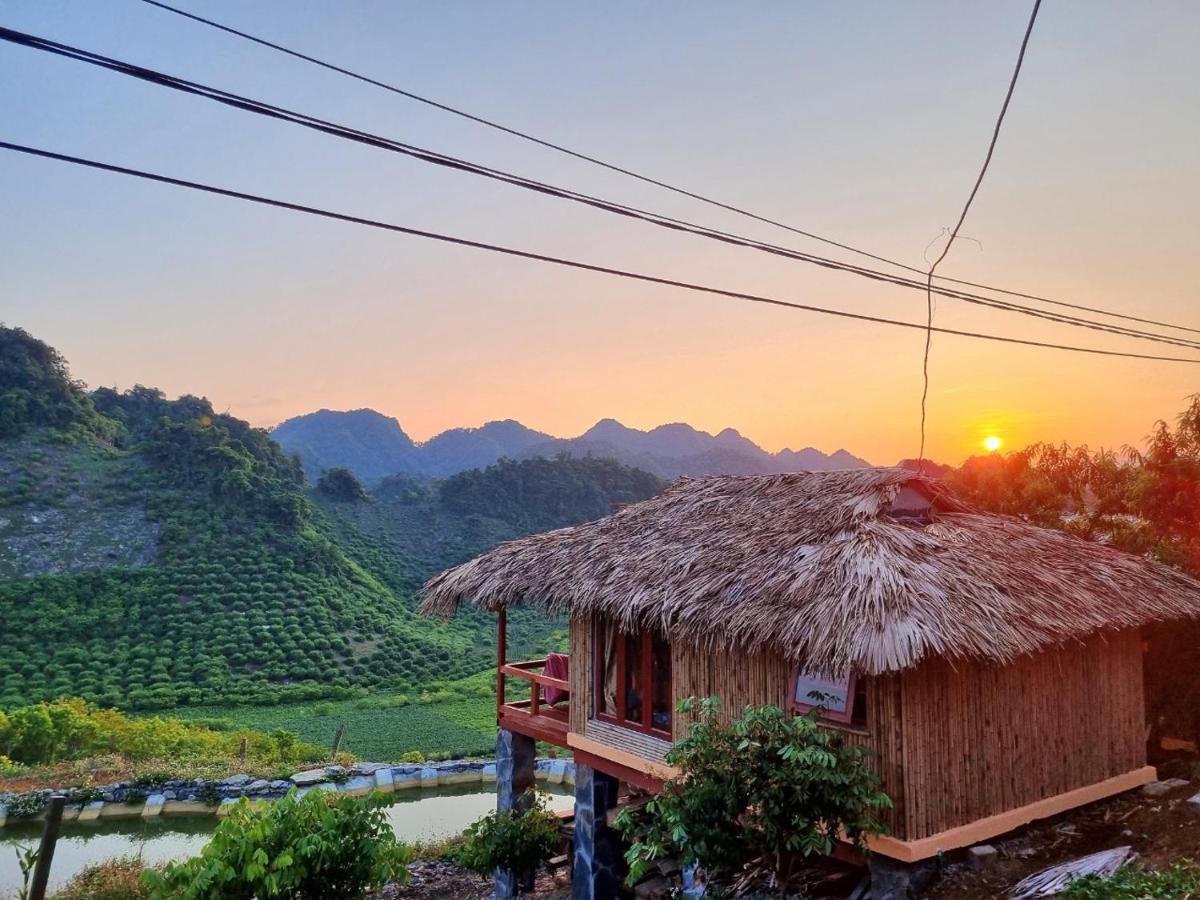
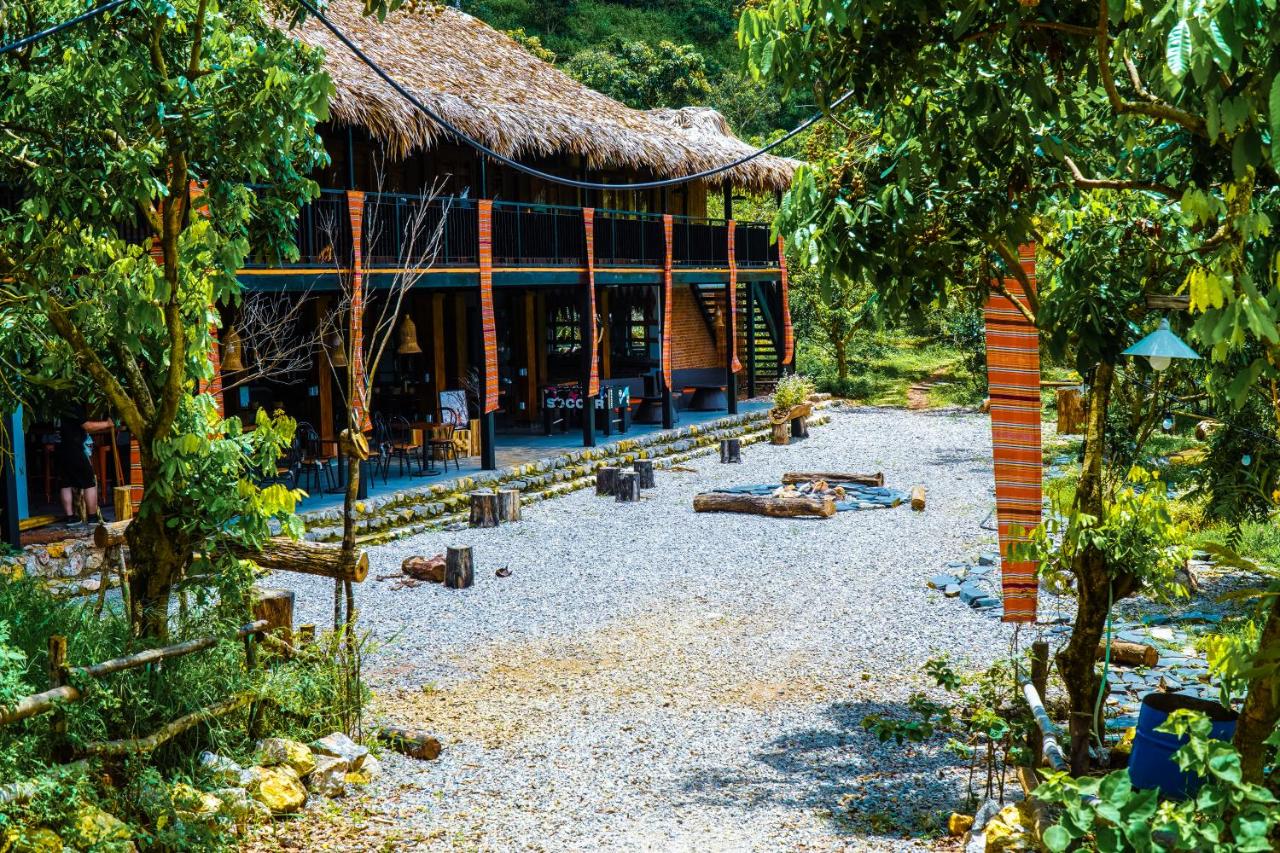
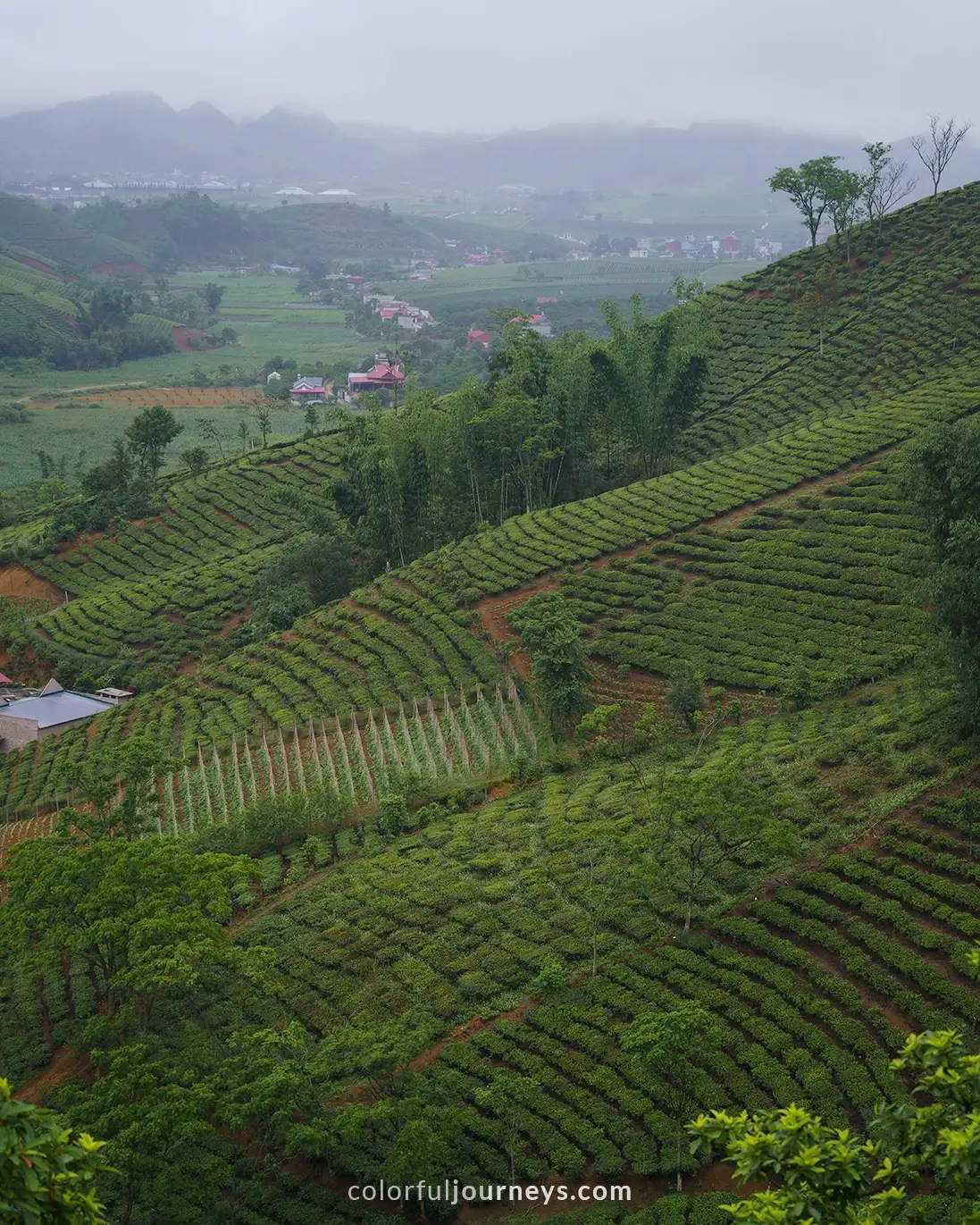
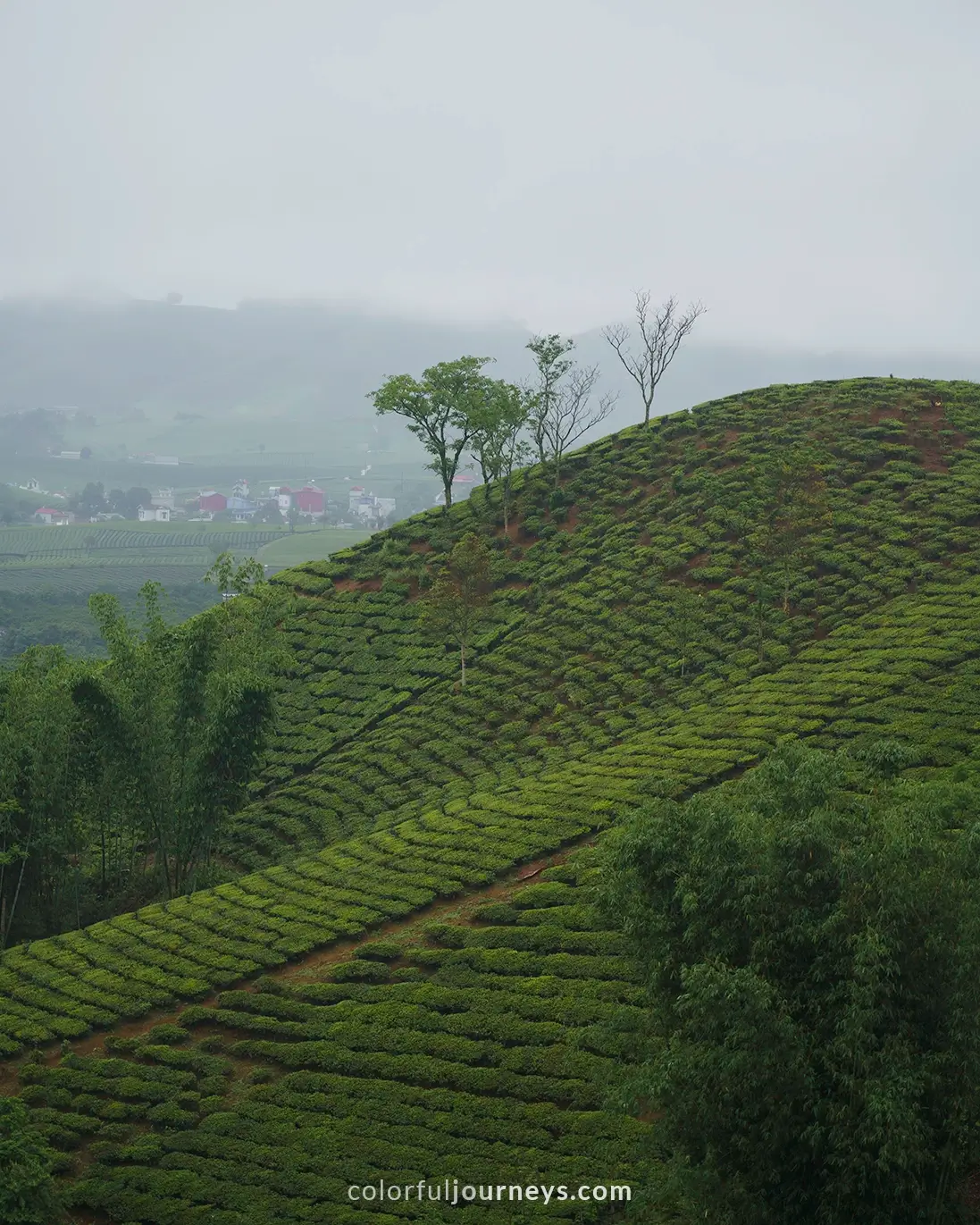
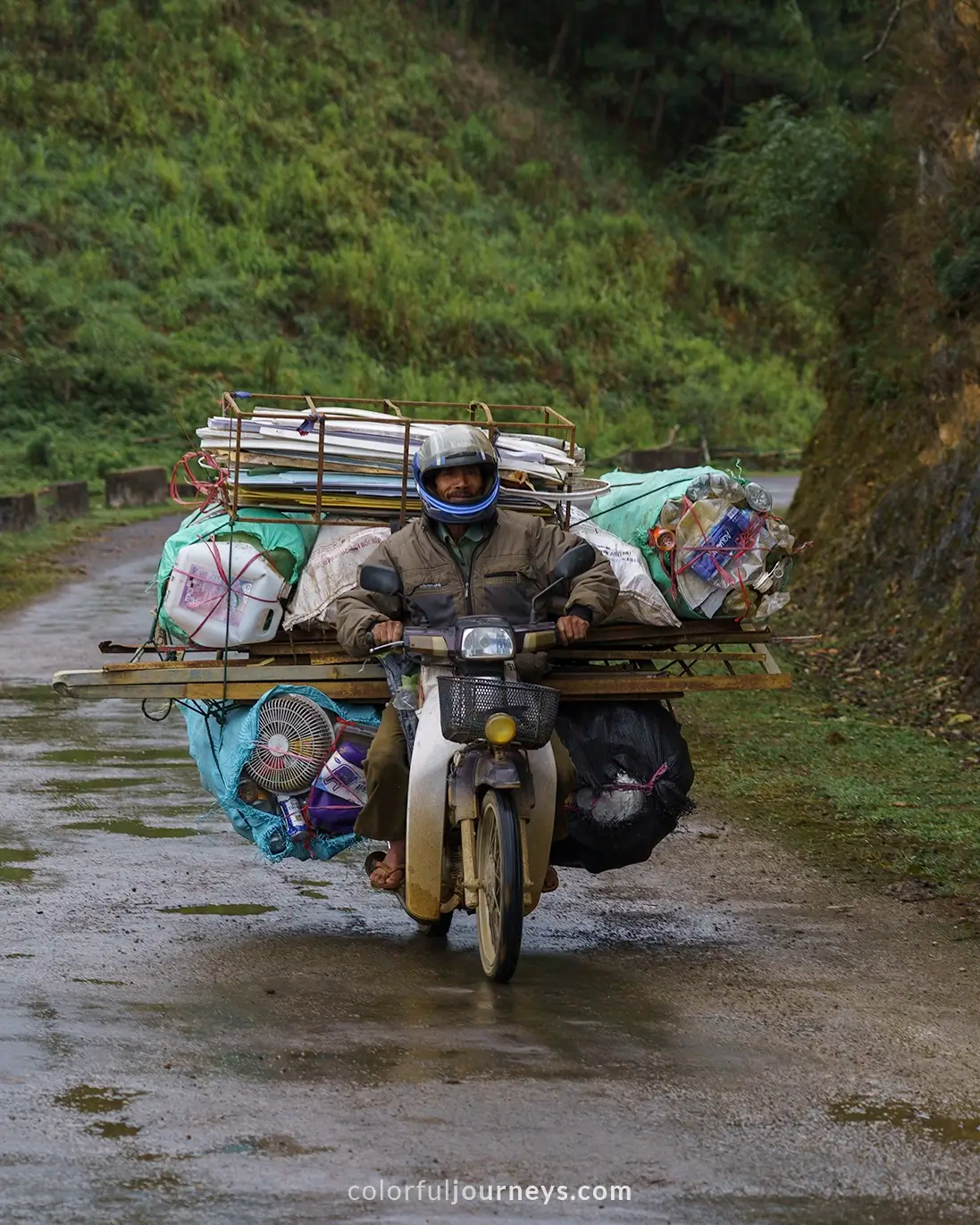
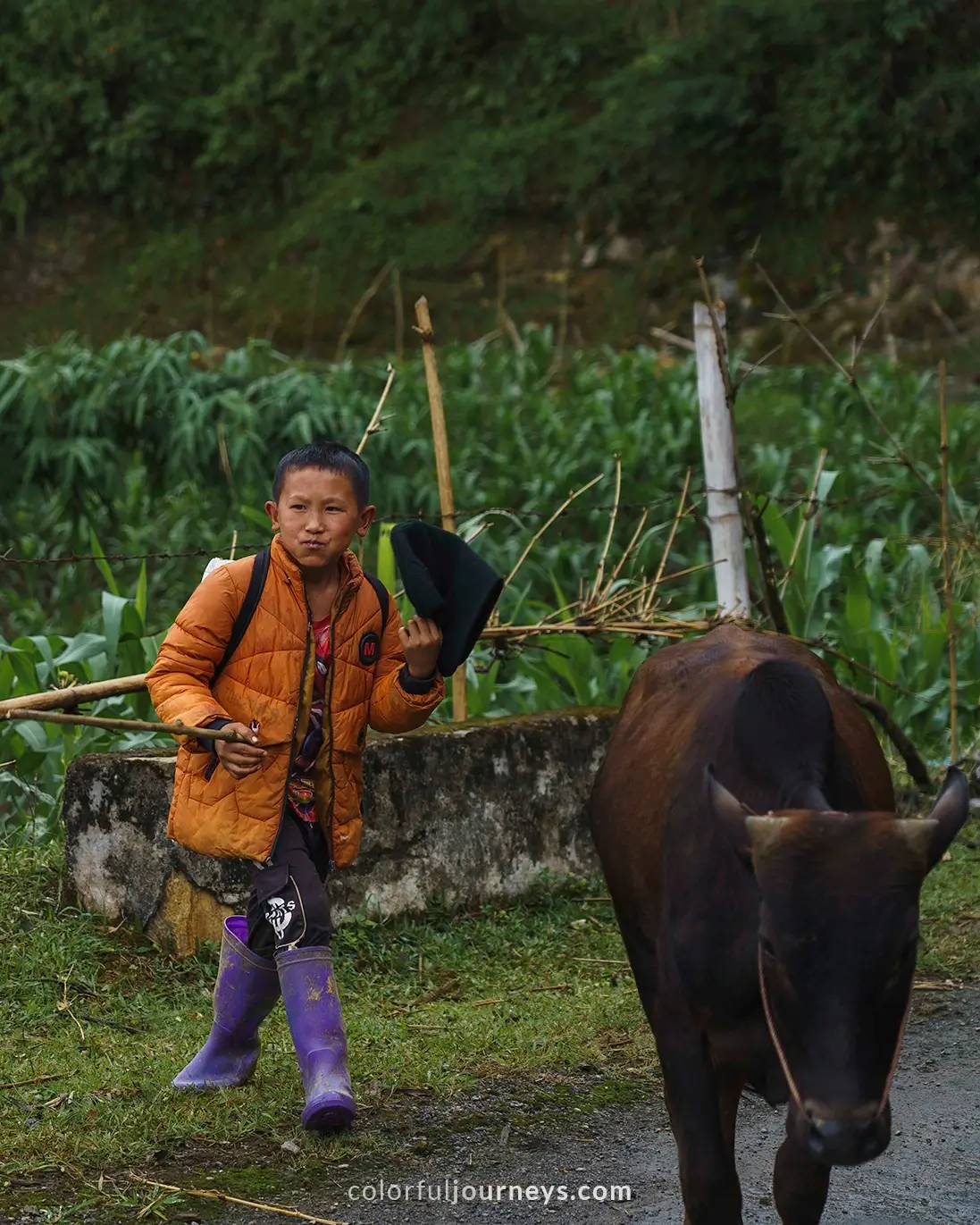
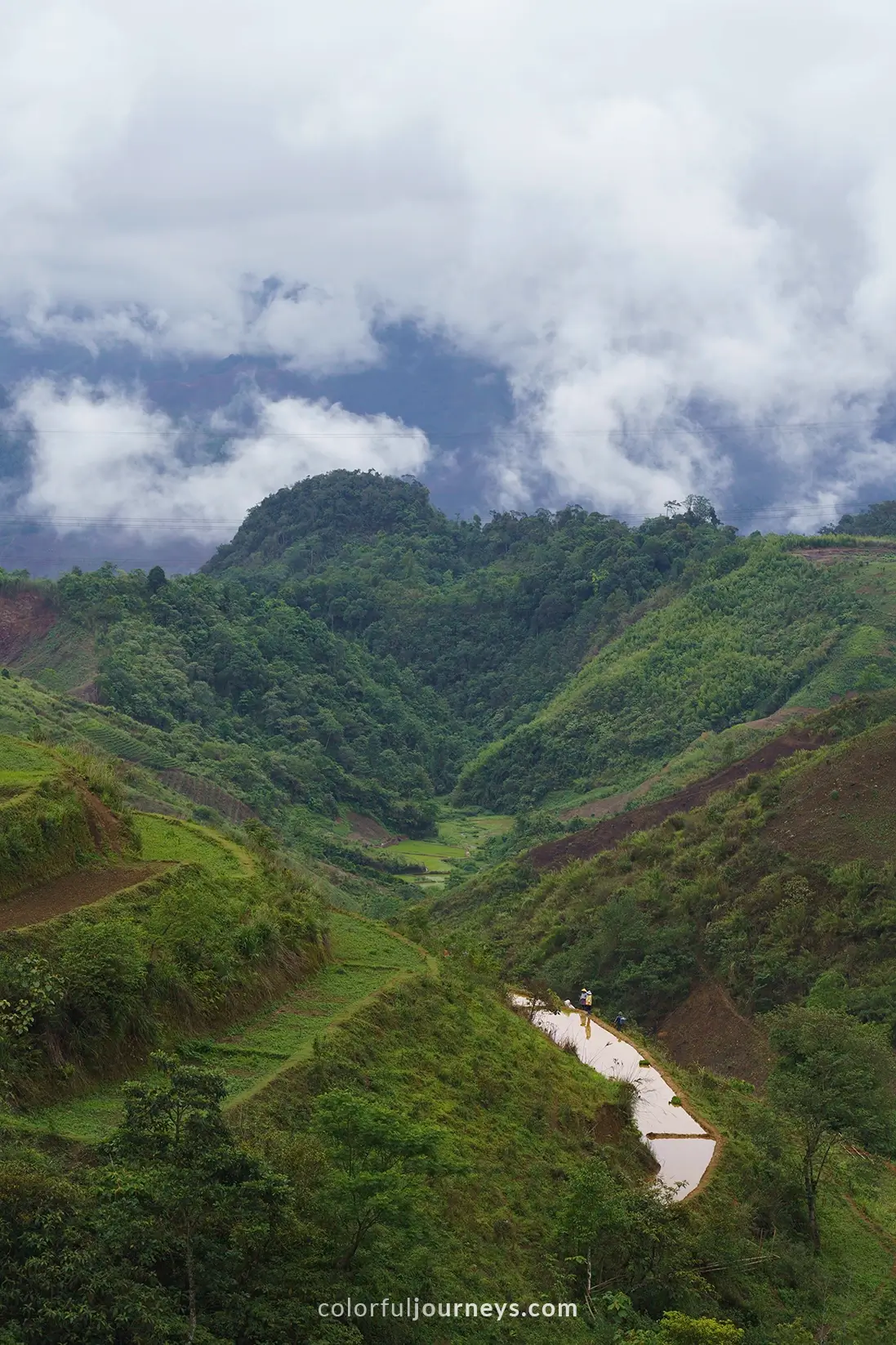
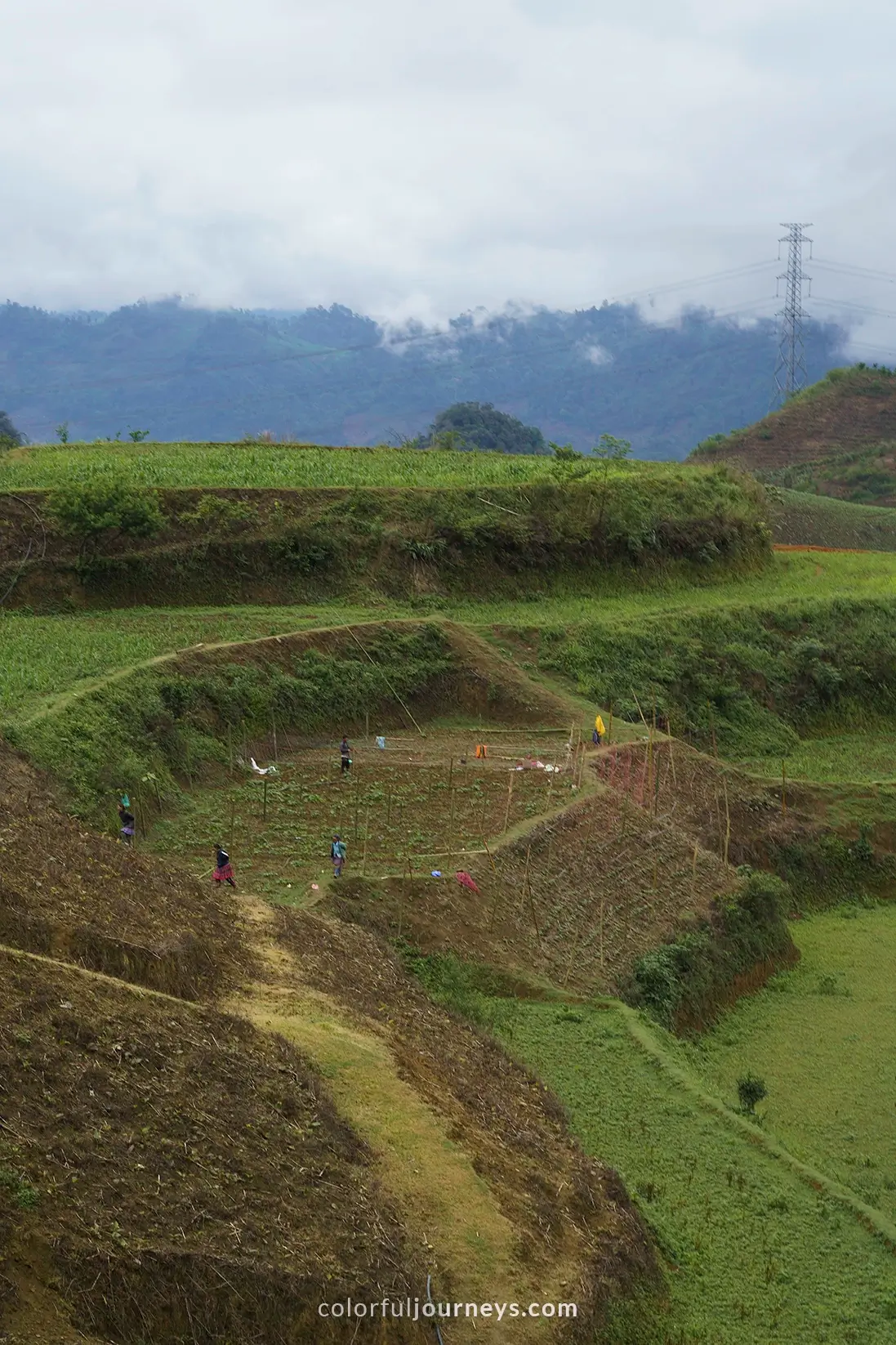
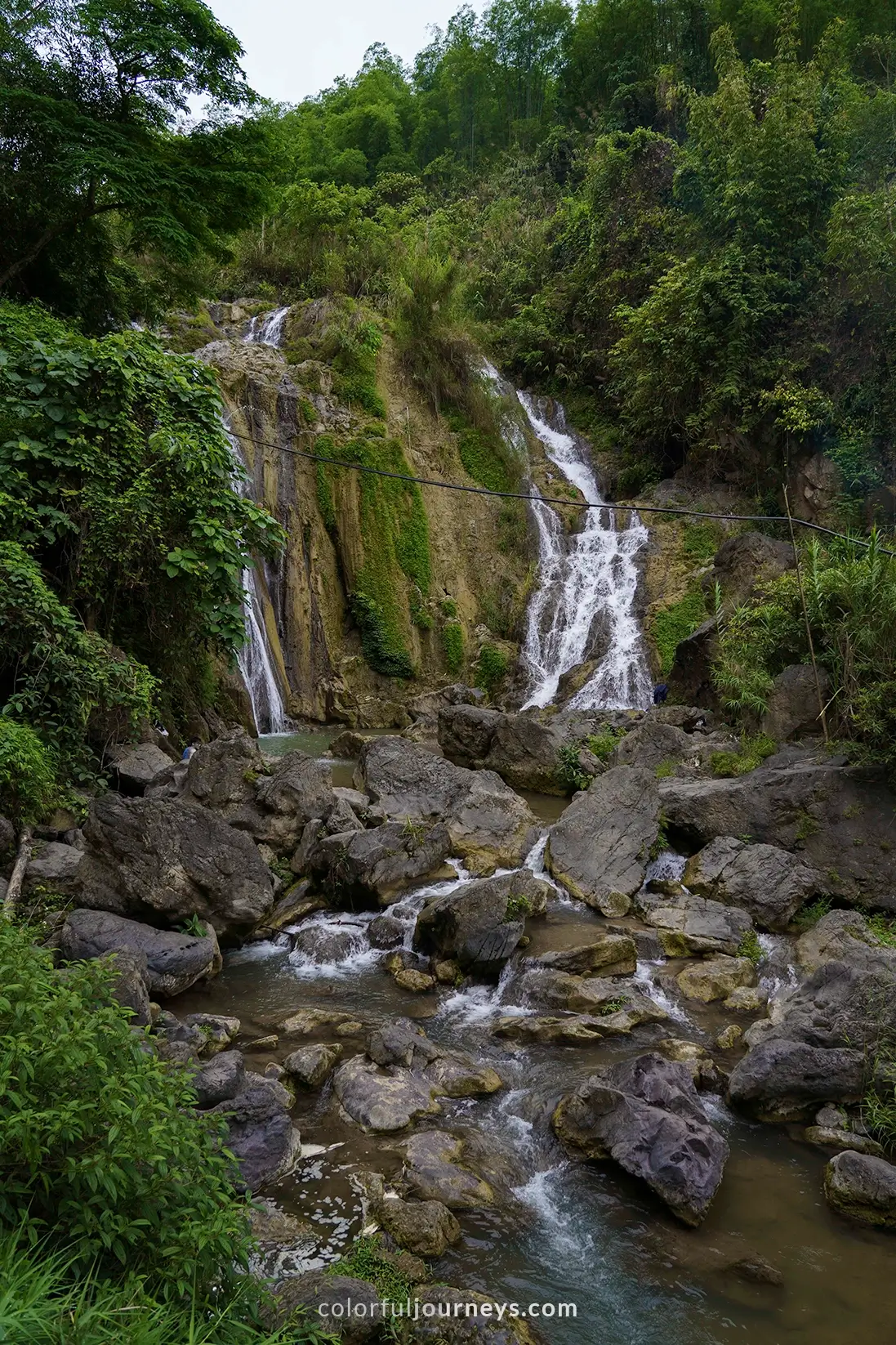
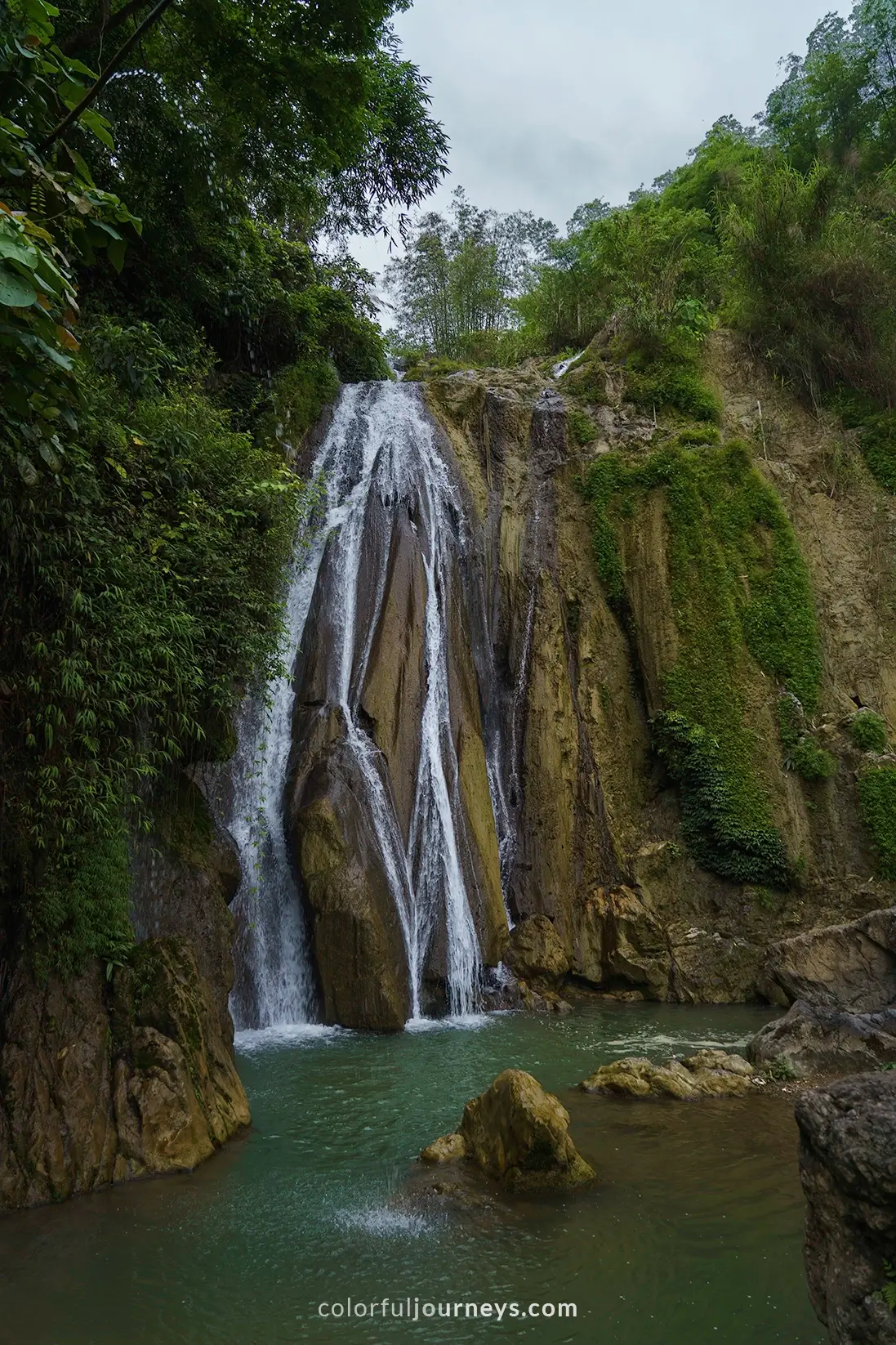
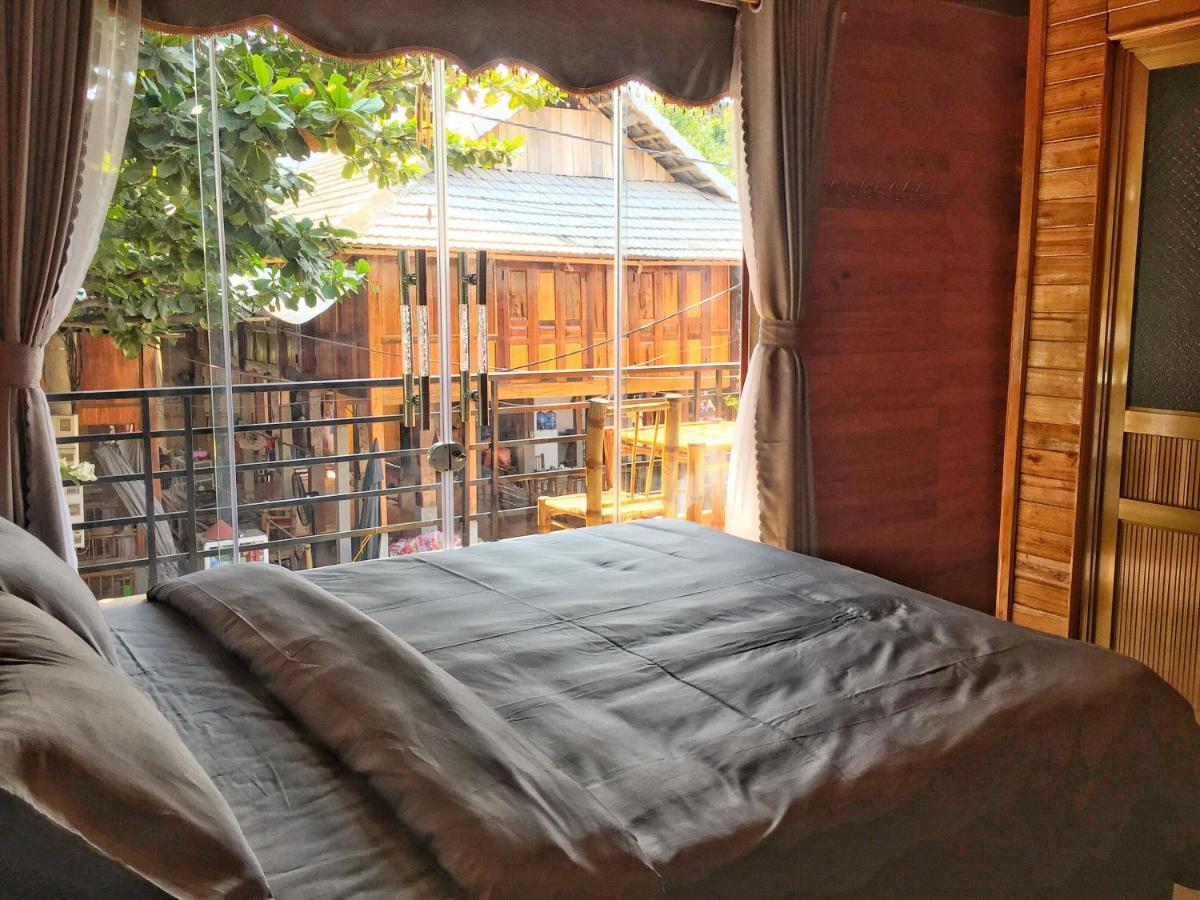
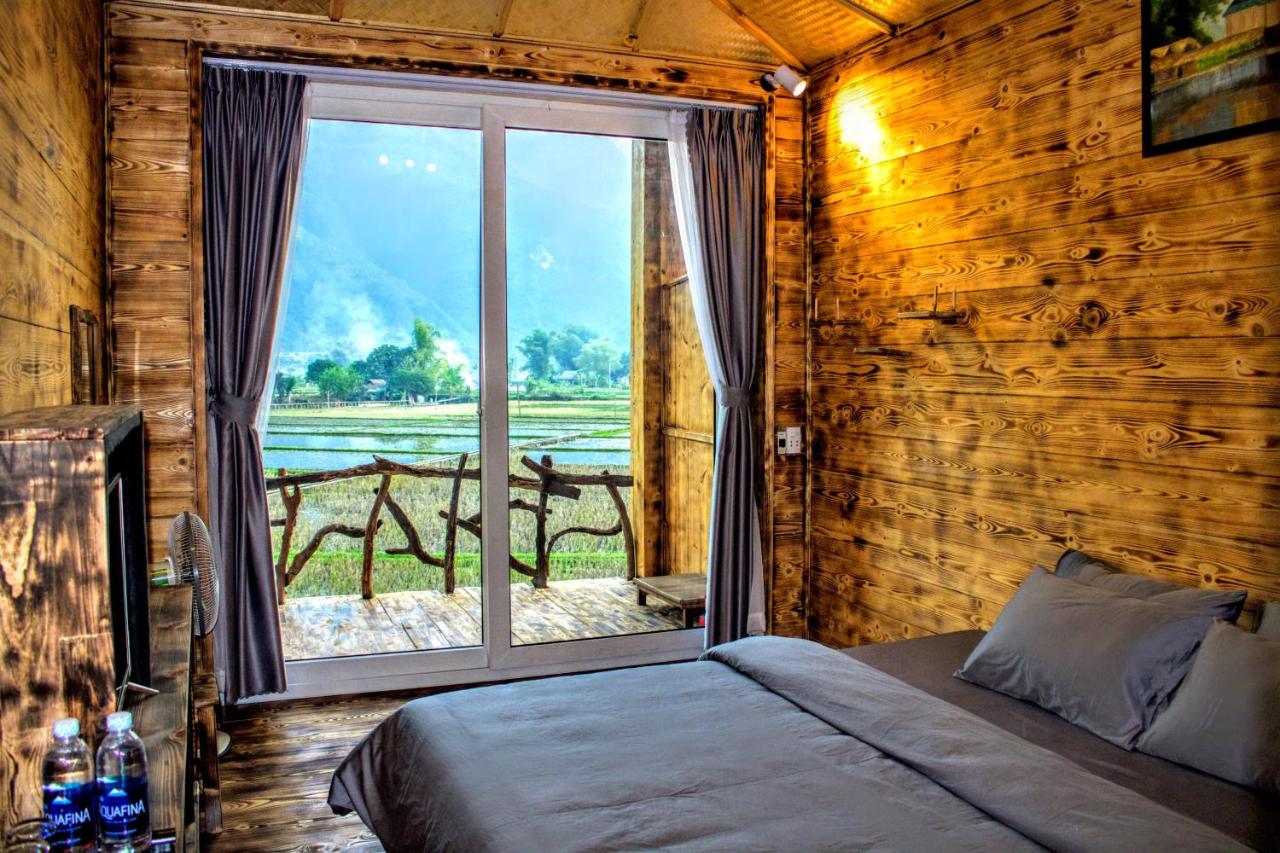


.webp)
.webp)
.webp)
.webp)
.webp)